Prompt: Jean Francois Michel, today known as Alexander de Camondo, lives his life in a gripping journey through the layers of society. Born very poor, he is now heir to one of the most important banks in France. He wears late 19th century Italian high fashion clothes, with symbols that remind everyone that he is Jewish such as the kippāh or the Talled. He decided to invest in the Opera Populair theater in Paris.


Prompt: Jean Francois Michel, today known as Alexander de Camondo, lives his life in a gripping journey through the layers of society. Born very poor, he is now heir to one of the most important banks in France. He wears late 19th century Italian high fashion clothes, with symbols that remind everyone that he is Jewish such as the kippāh or the Talled. He decided to invest in the Opera Populair theater in Paris.
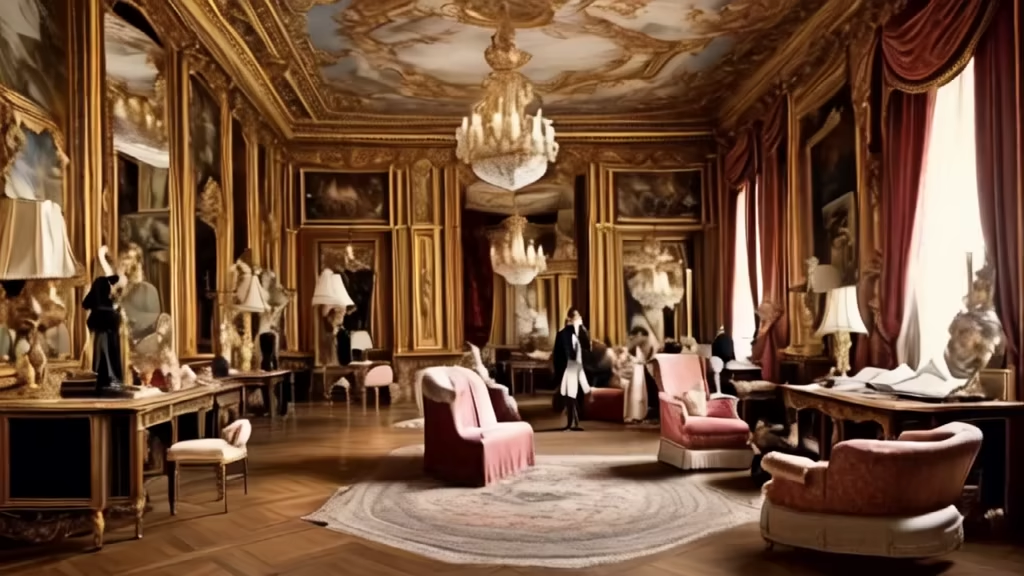
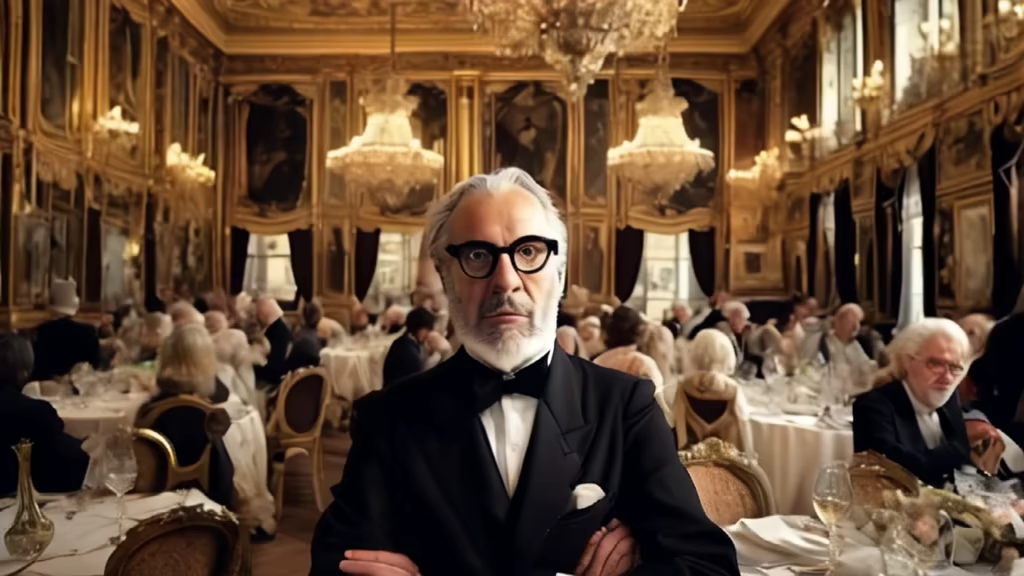
Prompt: Jean Francois Michel, now known as Alexander de Camondo, lives his life on a compelling journey through the strata of society. He wears Italian haute couture clothes from the late 1800s, with symbols that remind everyone that he is a Jew like the kippāh or the Talled The experience from his childhood in Marseille, the move to Lyon and finally the involvement in the Franco-Hova War profoundly marked his life. The connection with the young man during the war and his final gesture of entrusting him with his inheritance adds an element of the tragic and touching to the story. Now, with his new identity and position in Parisian society, Alexander de Camondo finds himself facing challenges from the world of business and nobility. Alexander de Camondo after his return to his homeland becomes the only heir of the famous house of bankers. To transform himself into his new alter ego he decides to cut his mustache and beard to resemble the Jew, indicating a strategic approach and perhaps also a desire to adapt to his new identity. Managing the wealth accumulated by the De Camondos through investments in the Paris Stock Exchange presents new challenges and responsibilities. The process of firing old employees and hiring new workers reflects Alexander's desire to shape the company according to his visions and preserve its new identity. Alexander de Camondo faces challenges and difficulties related to managing the De Camondo family's affairs. His frustration with Jewish traditions and kosher eating practices adds an element of tension and bewilderment. The decision to seek an assistant and the choice of G. Sutcliff as such show the need to delegate tasks and affairs, providing Alexander with an outlet for his increasing pressures and responsibilities. His choice to surround us highlights the personal and cultural challenges he is facing. Alexander's reaction, when someone questions whether he believes himself to be what he wants to do, with his impulsive gesture with the knife and the subsequent need to make the body disappear contribute to creating a growing tension. R. O'Connor is the banker's trusted accountant and an ally in his new responsibilities. Alexander's interest in the opportunity to invest in the Opéra Populaire demonstrates being a pragmatic individual who moves confidently through challenges adds depth to the character. Alexander offers to Jules Aubert. to become a partner of the bank and to manage the financing of the French army De Camondo accuses P.T.Zidler and Peter Carlyle of fraud. Alexander decides to build the Nissim de Camondo Museum in honor of his father Moise De Camondo. The Banker invites Umberto Piangi, the famous actor to help in the study of the theatrical art of Marguerite, who abandoned the role of Sherazad and accepted the Banker's love.

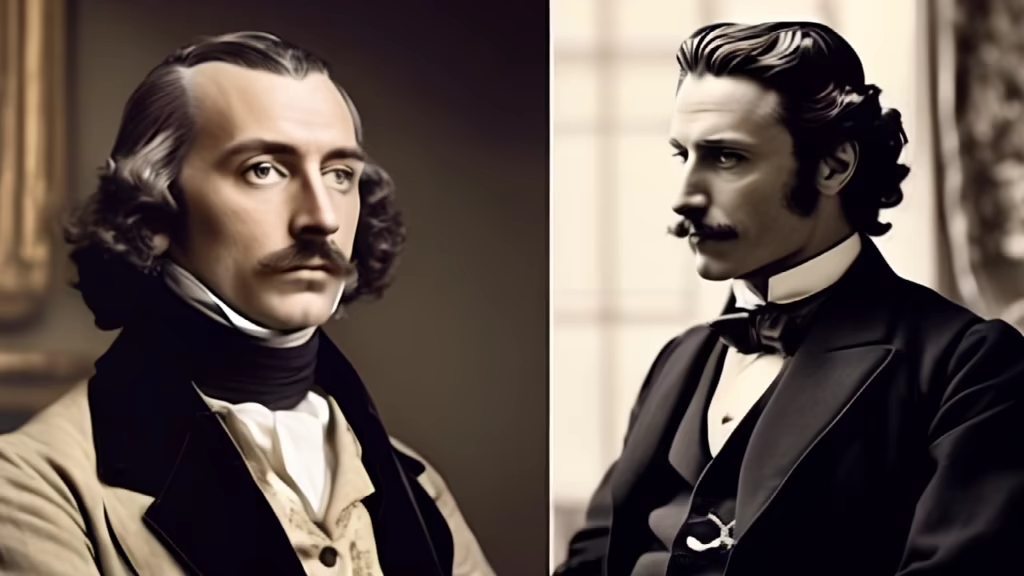
Prompt: Jean Francois Michel, now known as Alexander de Camondo, lives his life on a compelling journey through the strata of society. He wears Italian haute couture clothes, with symbols that remind everyone that he is a Jew The experience from his childhood in Marseille, the move to Lyon and finally the involvement in the Franco-Hova War profoundly marked his life. The connection with the young man during the war and his final gesture of entrusting him with his inheritance adds an element of the tragic and touching to the story. Now, with his new identity and position in Parisian society, Alexander de Camondo finds himself facing challenges from the world of business and nobility. Alexander de Camondo after his return to his homeland becomes the only heir of the famous house of bankers. To transform himself into his new alter ego he decides to cut his mustache and beard to resemble the Jew, indicating a strategic approach and perhaps also a desire to adapt to his new identity. Managing the wealth accumulated by the De Camondos through investments in the Paris Stock Exchange presents new challenges and responsibilities. The process of firing old employees and hiring new workers reflects Alexander's desire to shape the company according to his visions and preserve its new identity. Alexander de Camondo faces challenges and difficulties related to managing the De Camondo family's affairs. His frustration with Jewish traditions and kosher eating practices adds an element of tension and bewilderment. The decision to seek an assistant and the choice of G. Sutcliff as such show the need to delegate tasks and affairs, providing Alexander with an outlet for his increasing pressures and responsibilities. His choice to surround us highlights the personal and cultural challenges he is facing. Alexander's reaction, when someone questions whether he believes himself to be what he wants to do, with his impulsive gesture with the knife and the subsequent need to make the body disappear contribute to creating a growing tension. R. O'Connor is the banker's trusted accountant and an ally in his new responsibilities. Alexander's interest in the opportunity to invest in the Opéra Populaire demonstrates being a pragmatic individual who moves confidently through challenges adds depth to the character. Alexander offers to Jules Aubert. to become a partner of the bank and to manage the financing of the French army De Camondo accuses P.T.Zidler and Peter Carlyle of fraud. Alexander decides to build the Nissim de Camondo Museum in honor of his father Moise De Camondo. The Banker invites Umberto Piangi, the famous actor to help in the study of the theatrical art of Marguerite, who abandoned the role of Sherazad and accepted the Banker's love.








Prompt: Alexander de Camondo, He wears late 19th century Italian high fashion clothes, with symbols that remind everyone that he is Jewish like the kippāh or the Talled and owner of one of the most important banks in France. He decided to invest in the Opera Populair theater in Paris.
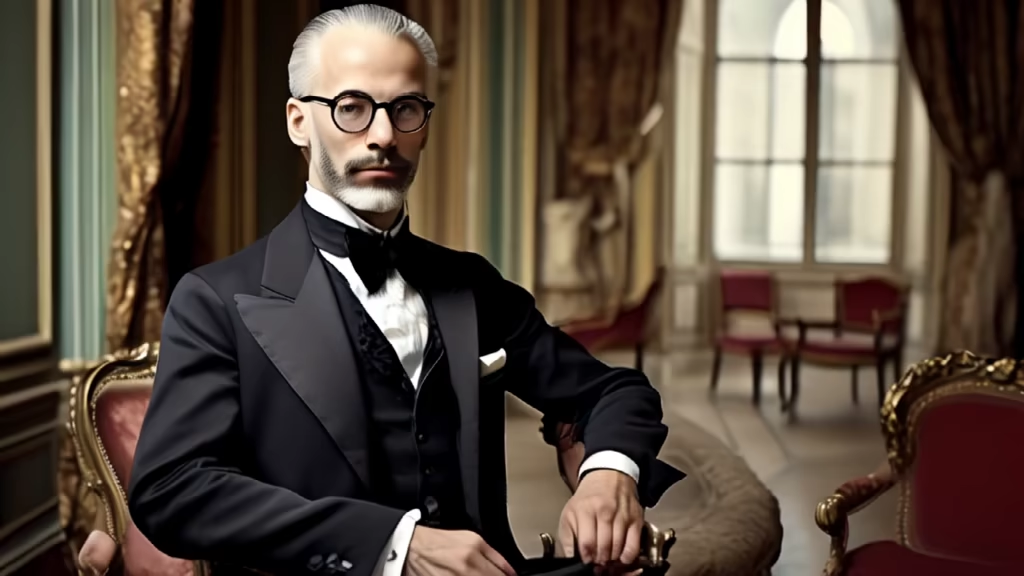

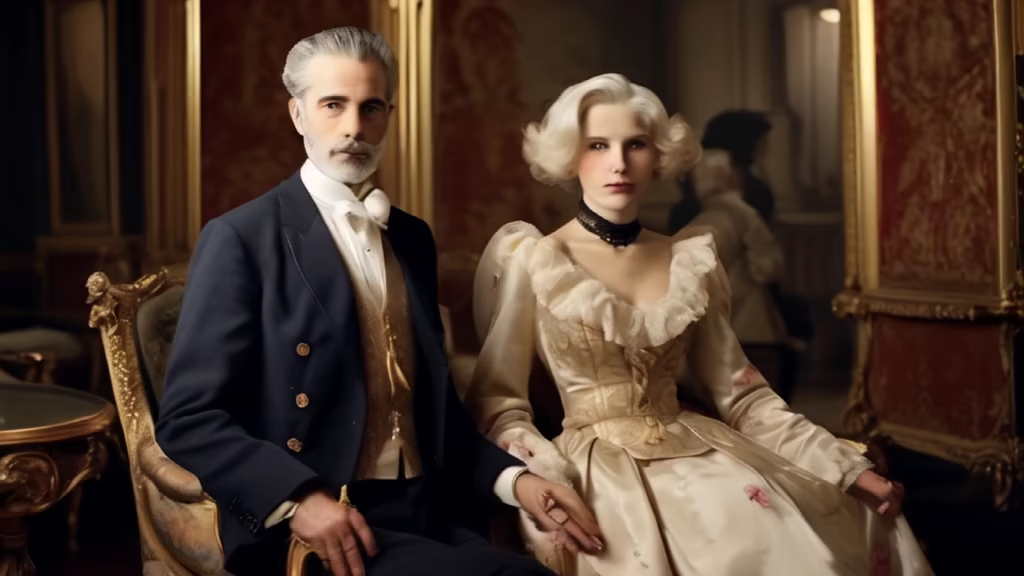
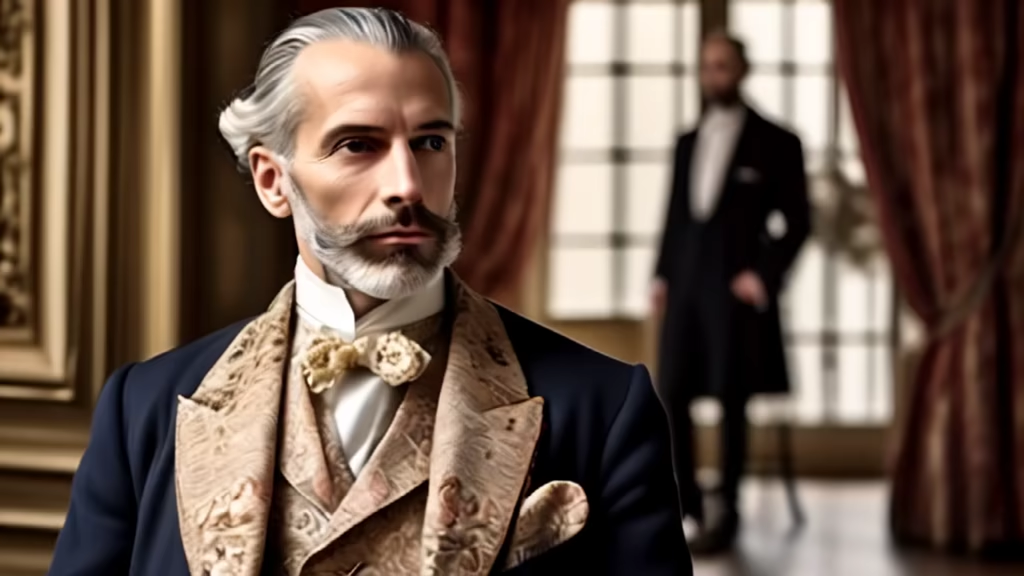
Prompt: Jean Francois Michel, today known as Alexander de Camondo, lives his life in a gripping journey through the layers of society. Born very poor, he is now heir to one of the most important banks in France. He wears late 19th century Italian high fashion clothes, with symbols that remind everyone that he is Jewish such as the kippāh or the Talled. He decided to invest in the Opera Populair theater in Paris.
Style: Origami


Prompt: Jean Francois Michel, today known as Alexander de Camondo, lives his life in a gripping journey through the layers of society. Born very poor, he is now heir to one of the most important banks in France. He wears late 19th century Italian high fashion clothes, with symbols that remind everyone that he is Jewish such as the kippāh or the Talled. He decided to invest in the Opera Populair theater in Paris.
Style: Digital Art
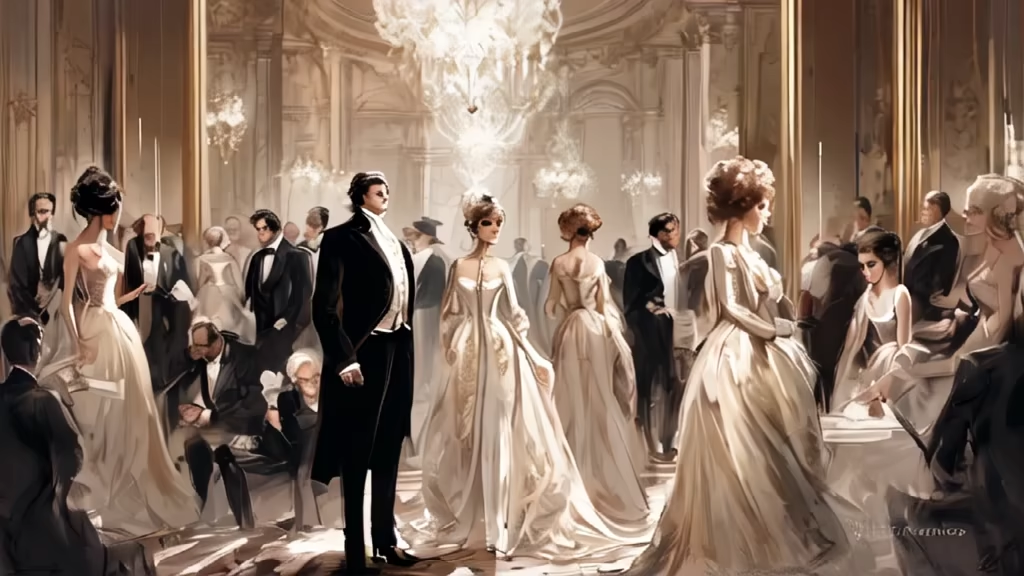
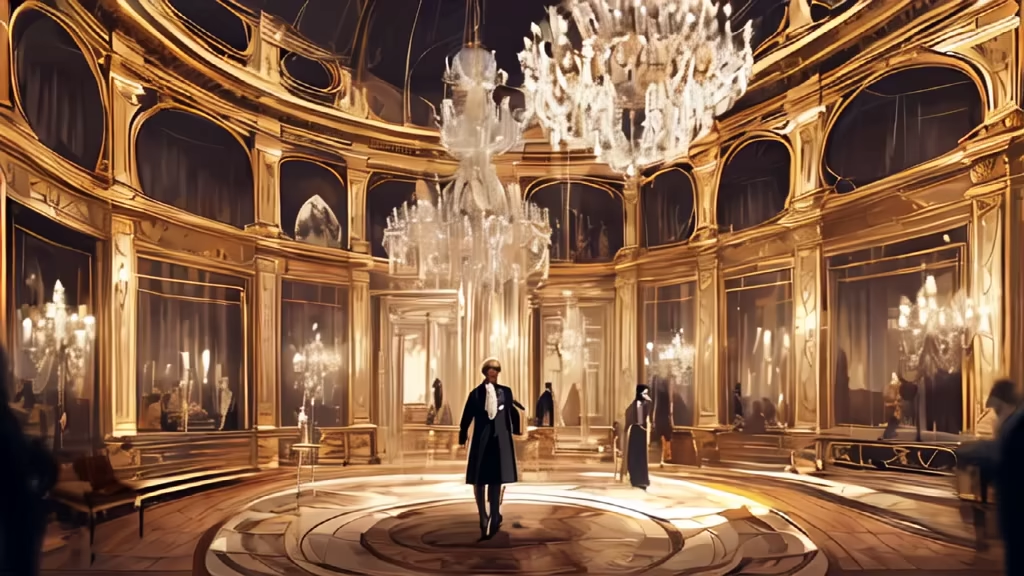
Prompt: Alexander de Camondo, is a French banker and Italian nobleman, He wears elegant nineteenth-century clothes, with kippāh or the Talled








Prompt: Alexander de Camondo, is a French banker and Italian nobleman, He wears elegant clothes from the late 19th century, with kippāh or the Talled
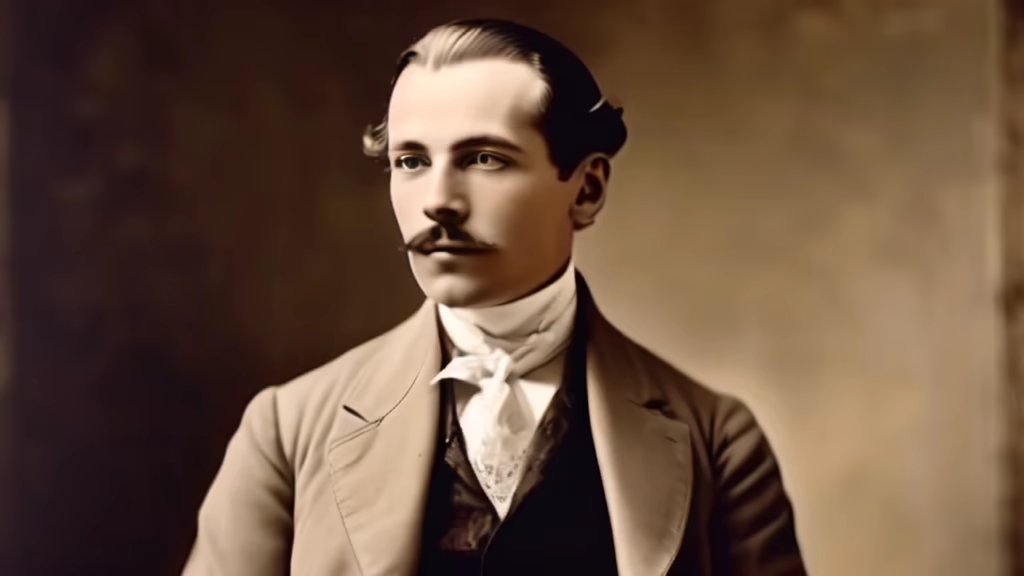
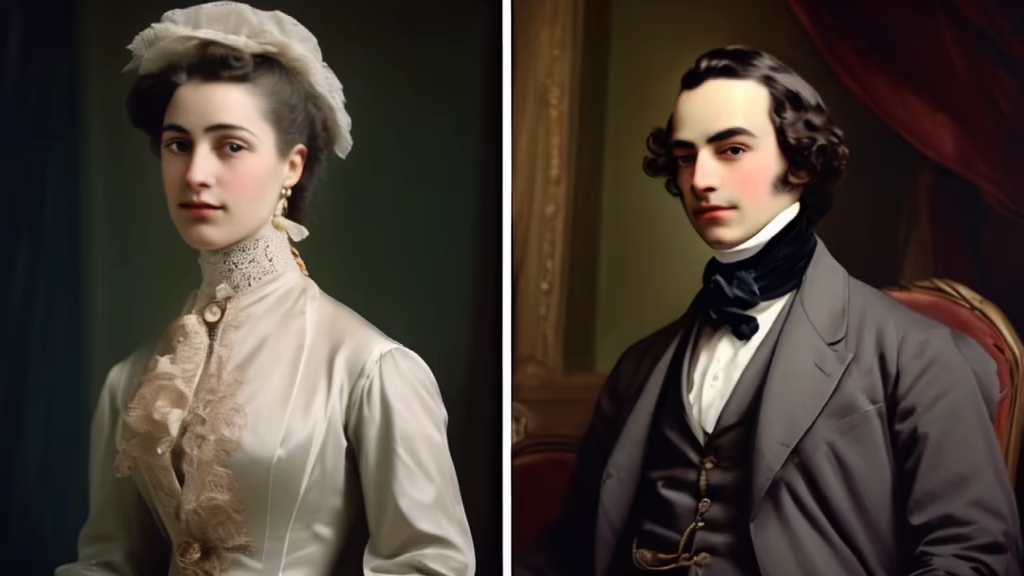
Prompt: Alexander de Camondo, is a French banker and Italian nobleman, He wears elegant clothes from the late 19th century, with kippāh or the Talled


Prompt: Alexander de Camondo, is a French banker and Italian nobleman, He wears elegant nineteenth-century clothes, wearing kippāh and Talled
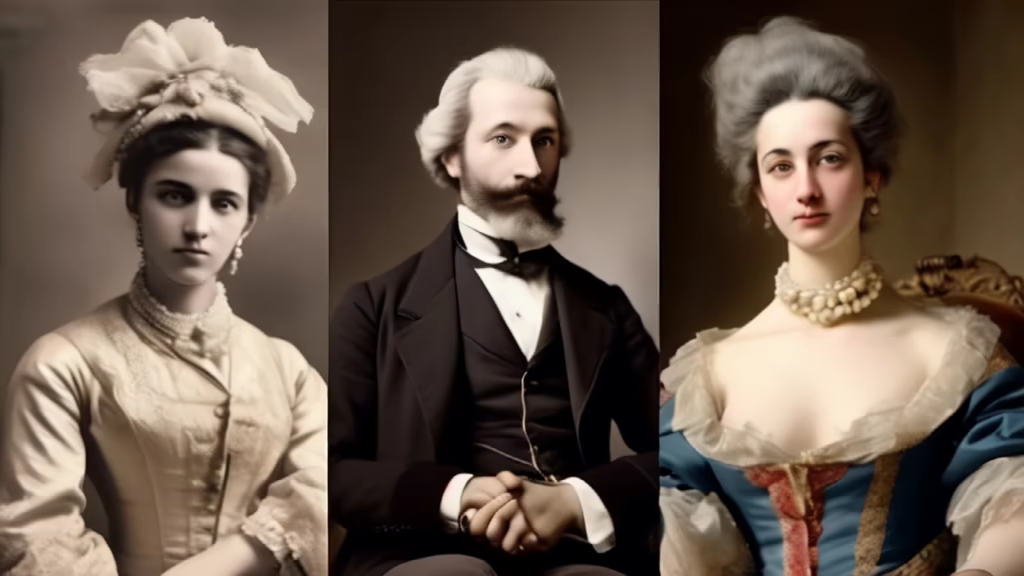
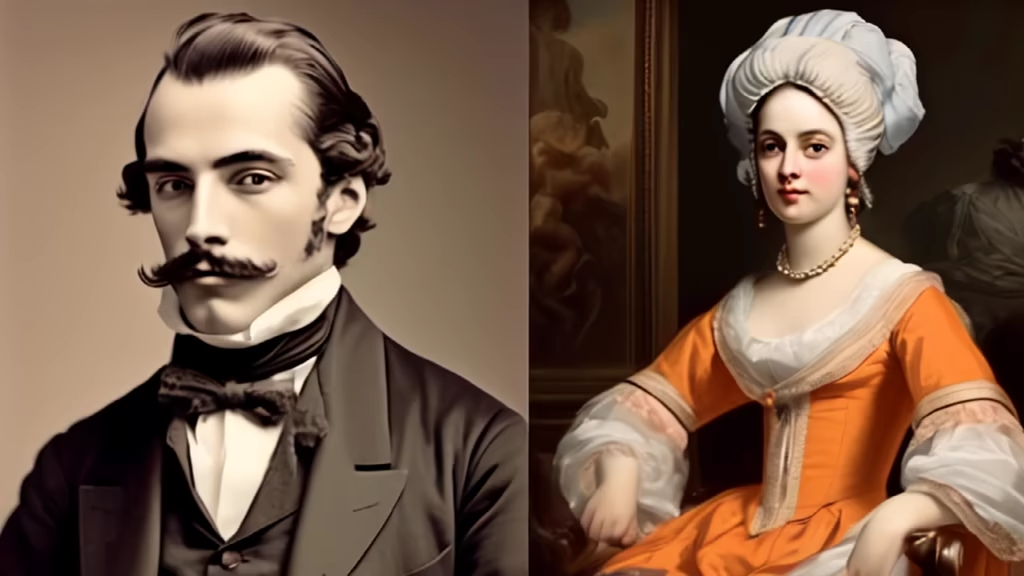
Prompt: Jean Francois Michel, now known as Alexander de Camondo, lives his life on a compelling journey through the strata of society. The experience from his childhood in Marseille, the move to Lyon and finally the involvement in the Franco-Hova War profoundly marked his life. The connection with the young man during the war and his final gesture of entrusting him with his inheritance adds an element of the tragic and touching to the story. Now, with his new identity and position in Parisian society, Alexander de Camondo finds himself facing challenges from the world of business and nobility. Alexander de Camondo after his return to his homeland becomes the only heir of the famous house of bankers. To transform himself into his new alter ego he decides to cut his mustache and beard to resemble the Jew, indicating a strategic approach and perhaps also a desire to adapt to his new identity. Managing the wealth accumulated by the De Camondos through investments in the Paris Stock Exchange presents new challenges and responsibilities. The process of firing old employees and hiring new workers reflects Alexander's desire to shape the company according to his visions and preserve its new identity. Alexander de Camondo faces challenges and difficulties related to managing the De Camondo family's affairs. His frustration with Jewish traditions and kosher eating practices adds an element of tension and bewilderment. The decision to seek an assistant and the choice of G. Sutcliff as such show the need to delegate tasks and affairs, providing Alexander with an outlet for his increasing pressures and responsibilities. His choice to surround us highlights the personal and cultural challenges he is facing. Alexander's reaction, when someone questions whether he believes himself to be what he wants to do, with his impulsive gesture with the knife and the subsequent need to make the body disappear contribute to creating a growing tension. R. O'Connor is the banker's trusted accountant and an ally in his new responsibilities. Alexander's interest in the opportunity to invest in the Opéra Populaire demonstrates being a pragmatic individual who moves confidently through challenges adds depth to the character. Alexander offers to Jules Aubert. to become a partner of the bank and to manage the financing of the French army De Camondo accuses P.T.Zidler and Peter Carlyle of fraud. Alexander decides to build the Nissim de Camondo Museum in honor of his father Moise De Camondo. The Banker invites Umberto Piangi, the famous actor to help in the study of the theatrical art of Marguerite, who abandoned the role of Sherazad and accepted the Banker's love. Jules, having discovered Alexander's true identity, becomes a key figure in his, a trusted friend who understands him on a deeper level.








Prompt: Jean Francois Michel, now known as Alexander de Camondo, lives his life on a compelling journey through the strata of society. He wears Italian haute couture clothes from the late 1800s, with symbols that remind everyone that he is a Jew like the kippāh or the Talled The experience from his childhood in Marseille, the move to Lyon and finally the involvement in the Franco-Hova War profoundly marked his life. The connection with the young man during the war and his final gesture of entrusting him with his inheritance adds an element of the tragic and touching to the story. Now, with his new identity and position in Parisian society, Alexander de Camondo finds himself facing challenges from the world of business and nobility. Alexander de Camondo after his return to his homeland becomes the only heir of the famous house of bankers. To transform himself into his new alter ego he decides to cut his mustache and beard to resemble the Jew, indicating a strategic approach and perhaps also a desire to adapt to his new identity. Managing the wealth accumulated by the De Camondos through investments in the Paris Stock Exchange presents new challenges and responsibilities. The process of firing old employees and hiring new workers reflects Alexander's desire to shape the company according to his visions and preserve its new identity. Alexander de Camondo faces challenges and difficulties related to managing the De Camondo family's affairs. His frustration with Jewish traditions and kosher eating practices adds an element of tension and bewilderment. The decision to seek an assistant and the choice of G. Sutcliff as such show the need to delegate tasks and affairs, providing Alexander with an outlet for his increasing pressures and responsibilities. His choice to surround us highlights the personal and cultural challenges he is facing. Alexander's reaction, when someone questions whether he believes himself to be what he wants to do, with his impulsive gesture with the knife and the subsequent need to make the body disappear contribute to creating a growing tension. R. O'Connor is the banker's trusted accountant and an ally in his new responsibilities. Alexander's interest in the opportunity to invest in the Opéra Populaire demonstrates being a pragmatic individual who moves confidently through challenges adds depth to the character. Alexander offers to Jules Aubert. to become a partner of the bank and to manage the financing of the French army De Camondo accuses P.T.Zidler and Peter Carlyle of fraud. Alexander decides to build the Nissim de Camondo Museum in honor of his father Moise De Camondo. The Banker invites Umberto Piangi, the famous actor to help in the study of the theatrical art of Marguerite, who abandoned the role of Sherazad and accepted the Banker's love.
Style: Digital Art
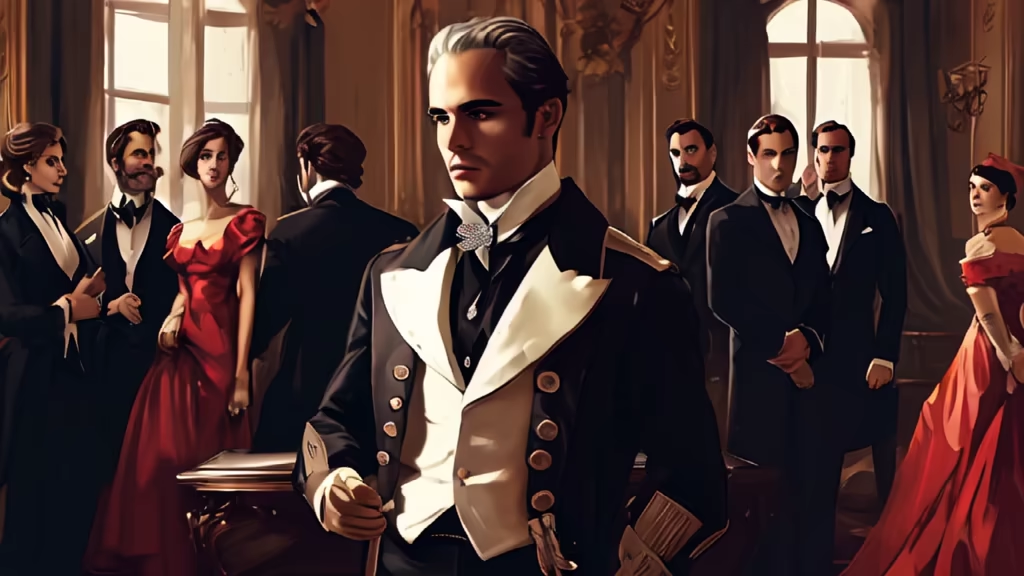
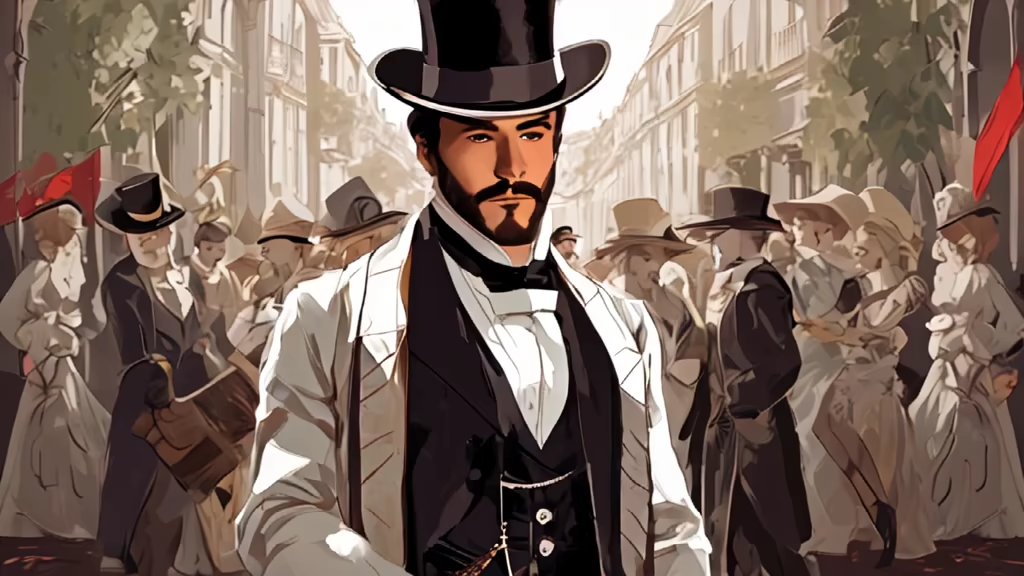
Prompt: Jean Francois Michel, now known as Alexander de Camondo, lives his life on a compelling journey through the strata of society. He wears Italian haute couture clothes from the late 1800s, with symbols that remind everyone that he is a Jew like the kippāh or the Talled The experience from his childhood in Marseille, the move to Lyon and finally the involvement in the Franco-Hova War profoundly marked his life. The connection with the young man during the war and his final gesture of entrusting him with his inheritance adds an element of the tragic and touching to the story. Now, with his new identity and position in Parisian society, Alexander de Camondo finds himself facing challenges from the world of business and nobility. Alexander de Camondo after his return to his homeland becomes the only heir of the famous house of bankers. To transform himself into his new alter ego he decides to cut his mustache and beard to resemble the Jew, indicating a strategic approach and perhaps also a desire to adapt to his new identity. Managing the wealth accumulated by the De Camondos through investments in the Paris Stock Exchange presents new challenges and responsibilities. The process of firing old employees and hiring new workers reflects Alexander's desire to shape the company according to his visions and preserve its new identity. Alexander de Camondo faces challenges and difficulties related to managing the De Camondo family's affairs. His frustration with Jewish traditions and kosher eating practices adds an element of tension and bewilderment. The decision to seek an assistant and the choice of G. Sutcliff as such show the need to delegate tasks and affairs, providing Alexander with an outlet for his increasing pressures and responsibilities. His choice to surround us highlights the personal and cultural challenges he is facing. Alexander's reaction, when someone questions whether he believes himself to be what he wants to do, with his impulsive gesture with the knife and the subsequent need to make the body disappear contribute to creating a growing tension. R. O'Connor is the banker's trusted accountant and an ally in his new responsibilities. Alexander's interest in the opportunity to invest in the Opéra Populaire demonstrates being a pragmatic individual who moves confidently through challenges adds depth to the character. Alexander offers to Jules Aubert. to become a partner of the bank and to manage the financing of the French army De Camondo accuses P.T.Zidler and Peter Carlyle of fraud. Alexander decides to build the Nissim de Camondo Museum in honor of his father Moise De Camondo. The Banker invites Umberto Piangi, the famous actor to help in the study of the theatrical art of Marguerite, who abandoned the role of Sherazad and accepted the Banker's love.
Style: 3D Model
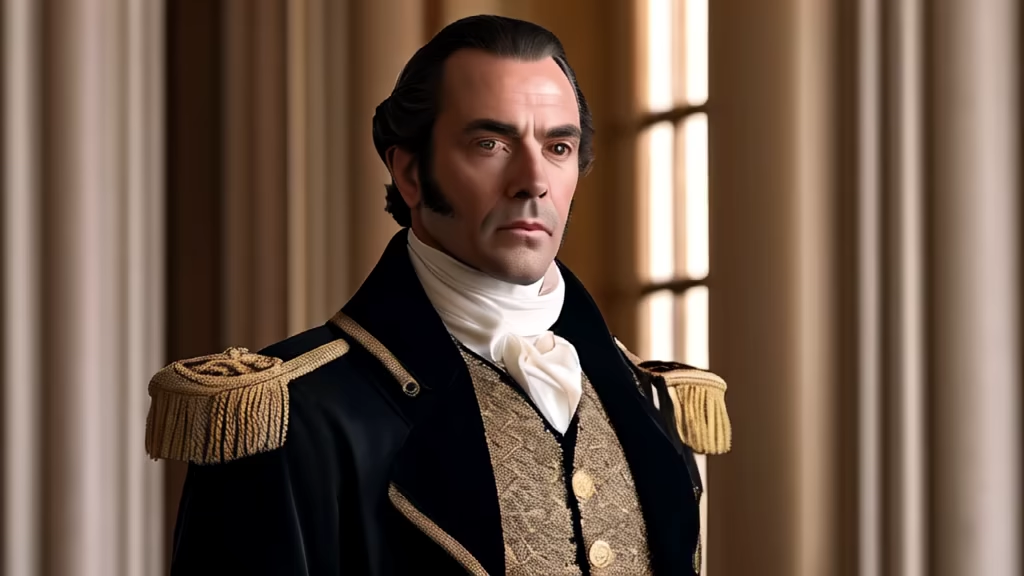
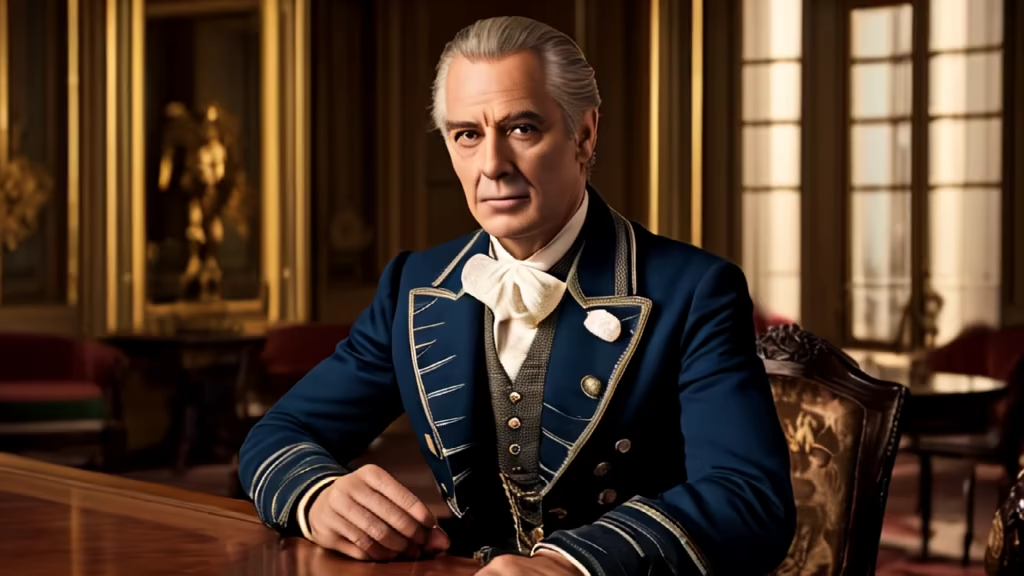
Prompt: Ettore Marinelli, a war industry magnate is actually the mortal form of the God of Economy. He is dressed in a fashionable suit and with a cigarette in his mouth, he frequents luxury clubs, among businessmen, pin-ups and film producers. He has a dollar tattoo on his right wrist. Ettore Marinelli is always distinguished, always obviously rich, always unscrupulously poly as money makes those who worship it. He knows that war is the thing that moves the economy more than anything else, that it is easier to acquire holding an assault rifle than finding a good plumber on Sunday.




Prompt: Alexander de Camondo, He wears late 19th century Italian high fashion clothes, with symbols that remind everyone that he is Jewish like the kippāh or the Talled and owner of one of the most important banks in France. He decided to invest in the Opera Populair theater in Paris.
Style: Neon Punk
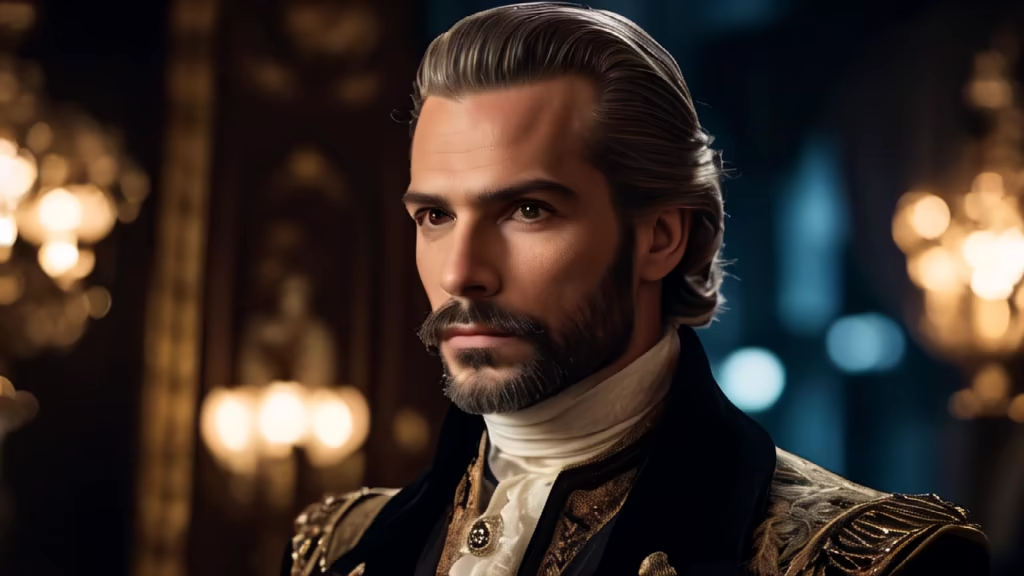
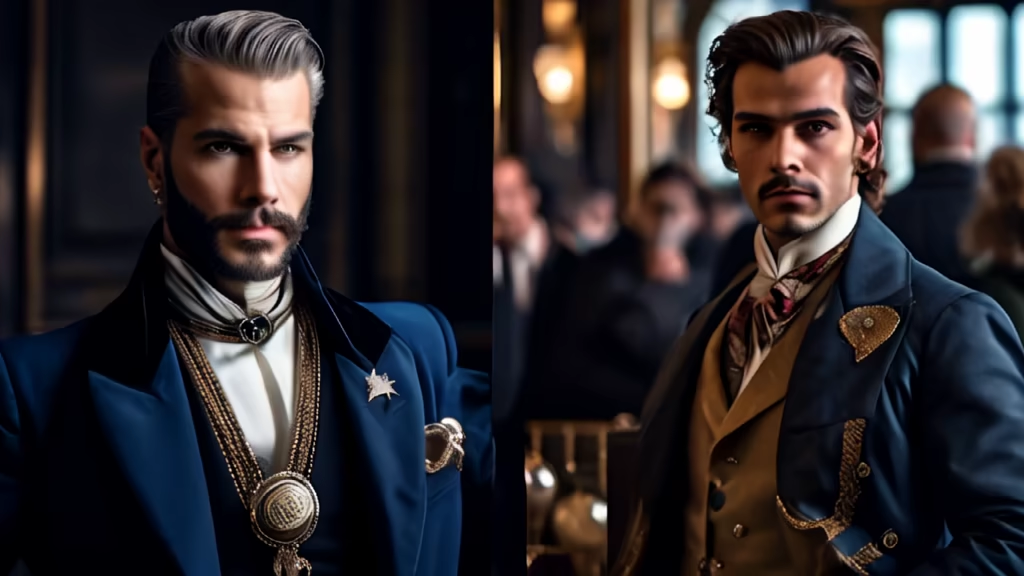
Prompt: Alexander de Camondo, He wears late 19th century Italian high fashion clothes, with symbols that remind everyone that he is Jewish like the kippāh or the Talled and owner of one of the most important banks in France. He decided to invest in the Opera Populair theater in Paris.
Style: Cinematic
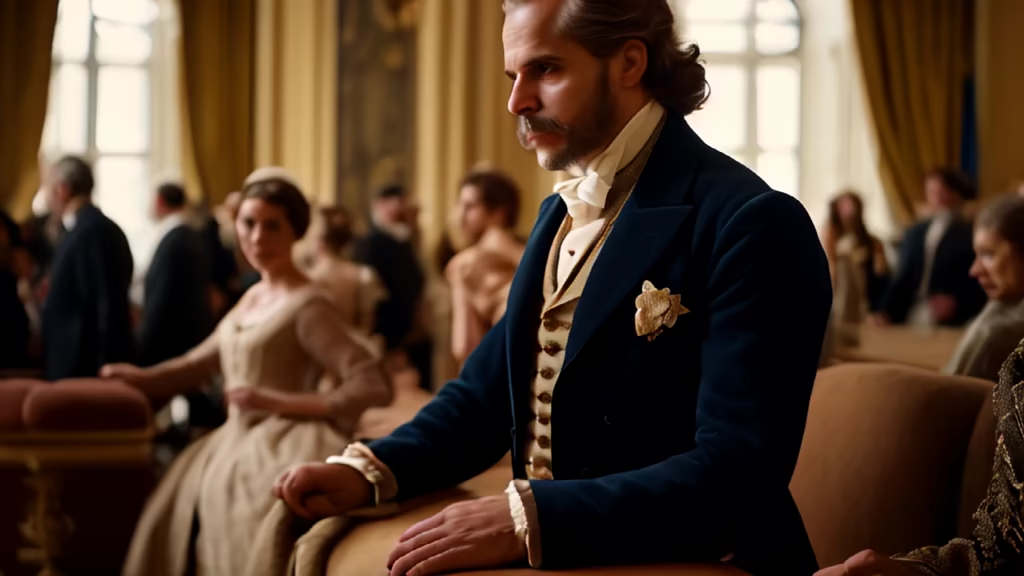
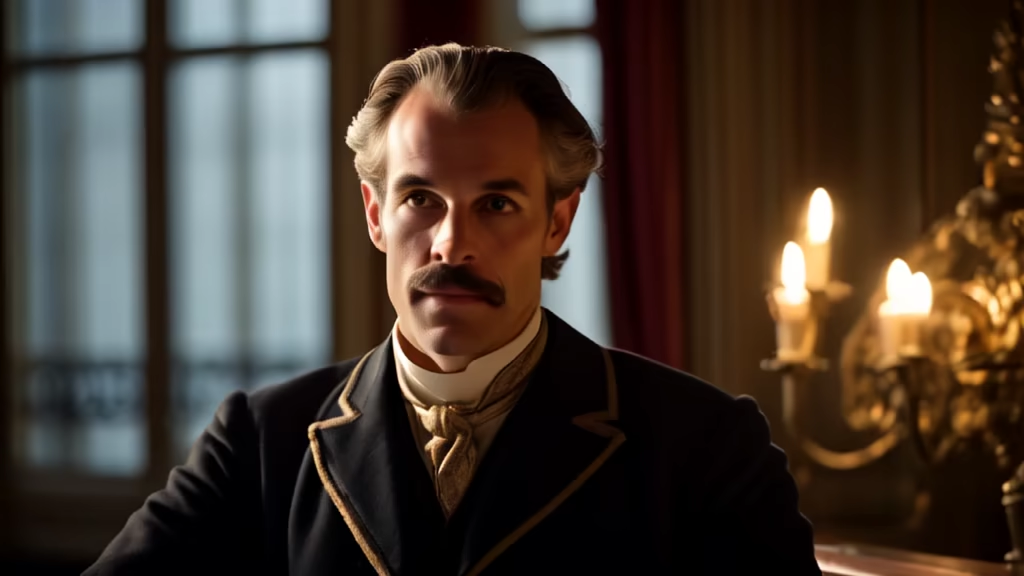
Prompt: Leonard Warren-Hopkins is a mid-19th century English physician and researcher he wears elegant and refined clothes, typical of the late 1800s English with the influence of Italian fashion, with symbols that recall being a doctor and a scientist, on his finger he wears a ring with a lightning bolt, symbol of his Masonic lodge Leonard's meticulous observation of the human body showcases his scientific passion. His intellectual curiosity and pursuit of knowledge lead him to explore the boundaries of medicine, often challenging social and moral norms. References to historical figures such as Galvani, Vesalius, Descartes and Renaissance scholars add depth to Leonardo's character. His alignment with medical pioneers reflects his ambition and admiration for those who pushed the boundaries of knowledge. Leonard's internal struggles, especially regarding his standing in the medical community and his perceived lack of recognition, add a layer of complexity. His acceptance of Lord Scarborough's offer and subsequent events contribute to the evolution of his identity. Leonard's involvement in the Masonic lodge of the Order of the Lightning is an intriguing element. The Lazarus Project and Leonard's experiments with electricity on the human body introduce a fascinating plot point. The collaboration with Tesla and the quest to resurrect the dead creates a sense of suspense and anticipation. Leonard's feelings of envy and frustration within the medical community, his interactions with famous people, and the competition for recognition provide opportunities for conflict and character development. The transformation of Villa Avogadro, inherited by Lord Scarborough into a nursing home and experimental space introduces a change of setting. Interactions with staff, the involvement of Florence Nightingale and the integration of new practices create a dynamic environment. Leonard's collaboration with Lady Violet Scarborough and experimentation with laudanum open doors to the exploration of darker themes. The reference to Lady Johanna McEwan as a \"Lamia\" with healing abilities introduces a supernatural element. Exploring how those elements intersect with Leonard's scientific research can add a layer of mystery. Leonard's hope to inspire Arthur Conan Doyle and his regret at not convincing him to work together can be an intriguing subplot. This can be woven into the narrative, exploring how Leonard becomes an unintentional muse for literary works. Personal relationships and morality: Leonard's personal relationships, especially with those he experiments on, call morality into question. You can explore his internal ethical struggles, the impact on his psyche, and the reactions of those around him.
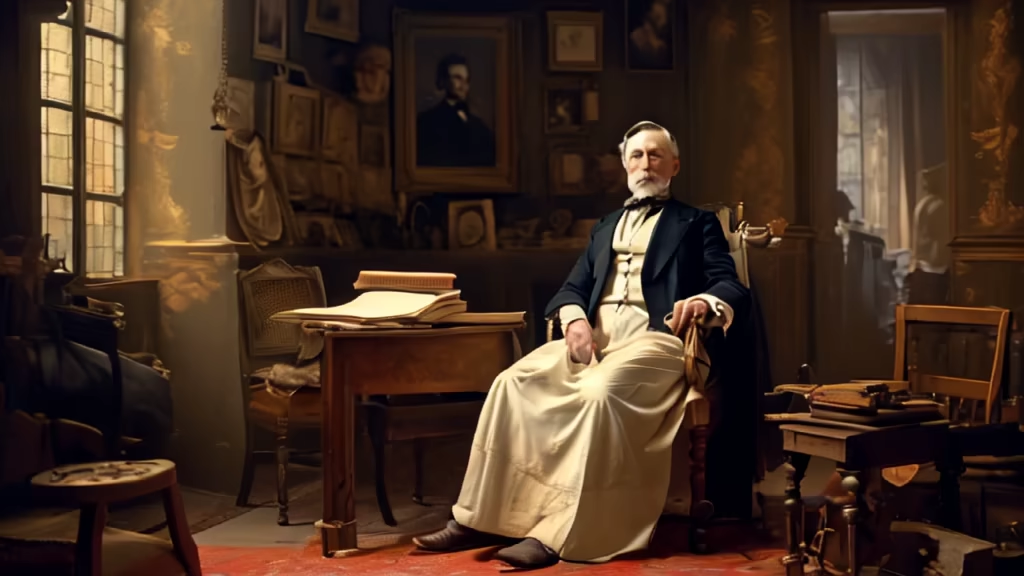
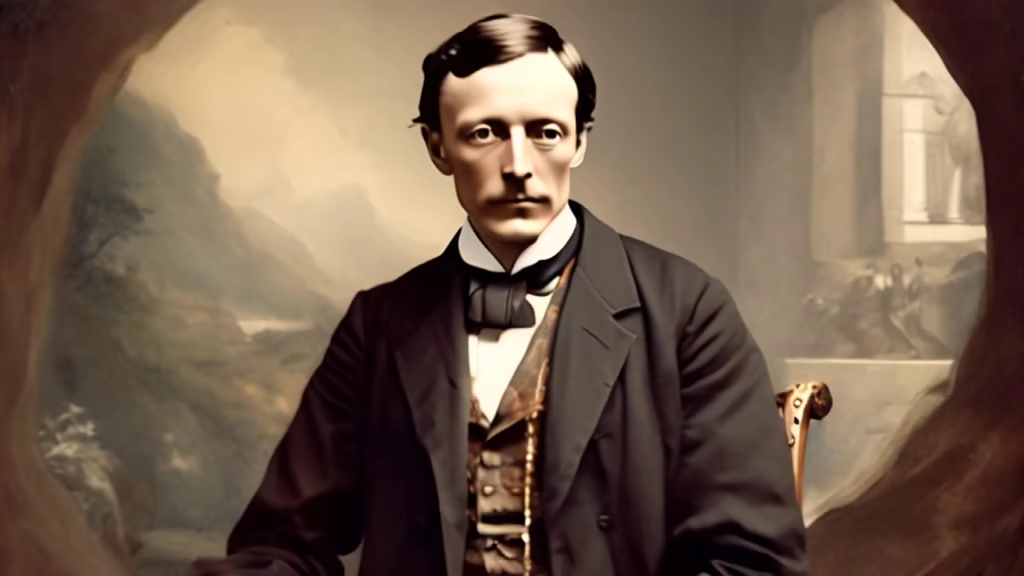
Prompt: Simone Rossellini, a distinguished figure in the shadowy world of the Giovanni Clan, bears the weight of his centuries with an air of timeless authority. Born in the heart of Rome during the 19th century, his journey through the ecclesiastical hierarchies of the Jesuits has left an indelible mark on his demeanor. His features carry the echoes of a noble past, with sharp, penetrating eyes that have witnessed the passage of ages. His skin, pallid and untouched by the sun's rays, reflects the unyielding nature of his undead existence. A well-groomed beard frames his face, accentuating the regal air that surrounds him. Simone is known for his unique combination of True Faith and the Power of Mortis, a potent blend that sets him apart even among his fellow clan members. His aura exudes a sense of otherworldly command, as if he has harnessed the very forces of the afterlife to serve his bidding. Draped in garments that blend the styles of a bygone era with the modern trappings of power, Simone carries himself with a grace that belies his vampiric nature. A silvered cross, a relic from his mortal days within the Jesuit order, hangs prominently around his neck, a symbol of the duality he embodies. In his retinue, Simone is surrounded by his offspring, each bearing the Giovanni mark of privilege and ambition. His faithful ghouls and spectral allies, drawn from the depths of the shadow, form a protective circle around him, their loyalty eternally bound to their venerable Elder. Simone Rossellini, a name whispered with a mix of reverence and trepidation in the hidden corridors of the undead world, stands as a testament to the enduring power of the Giovanni Clan.
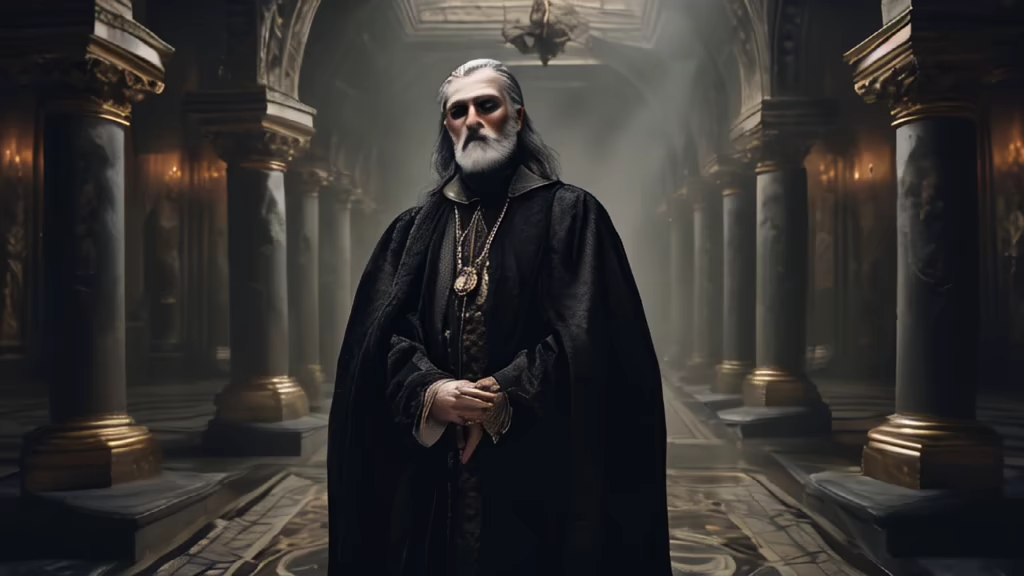

Prompt: an terrifying skinny shadow corrupted creature with claws who using necromancy magic, is a French and Italian nobleman, He wears elegant clothes from the late 19th century, with kippāh or the Talled




Prompt: Carlo Forti is undoubtedly one of the most influential men in the province of Pisa. At just 45 years old, he is deputy mayor of the city, a high member of the Masonic Lodge Carlo Darwin, and the High Priest of an ancient cult known as the Faceless One which venerates a creature linked to the myth of Cthulhu. Very elegant dress but with references to both Freemasonry and Cthulhu.
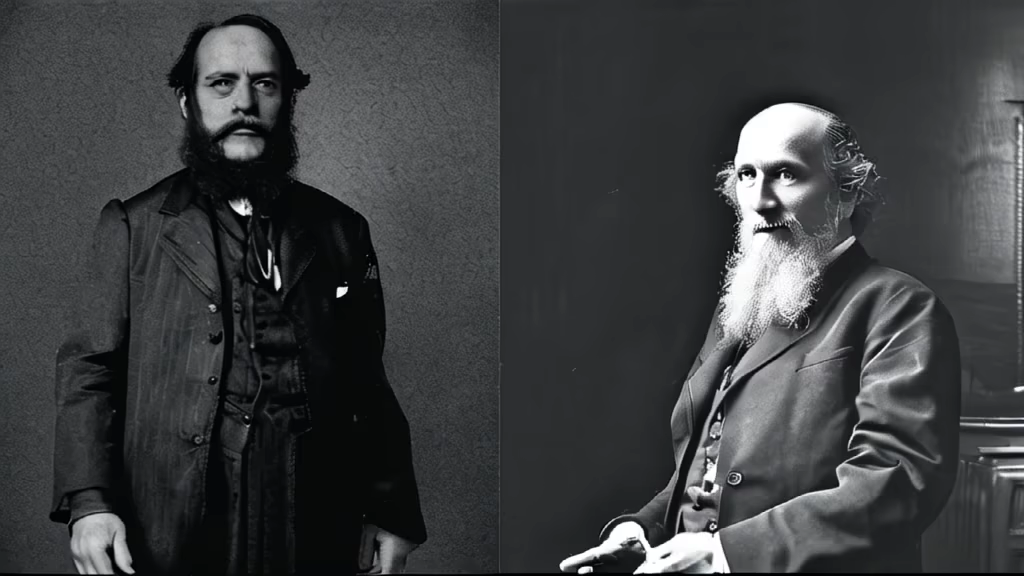
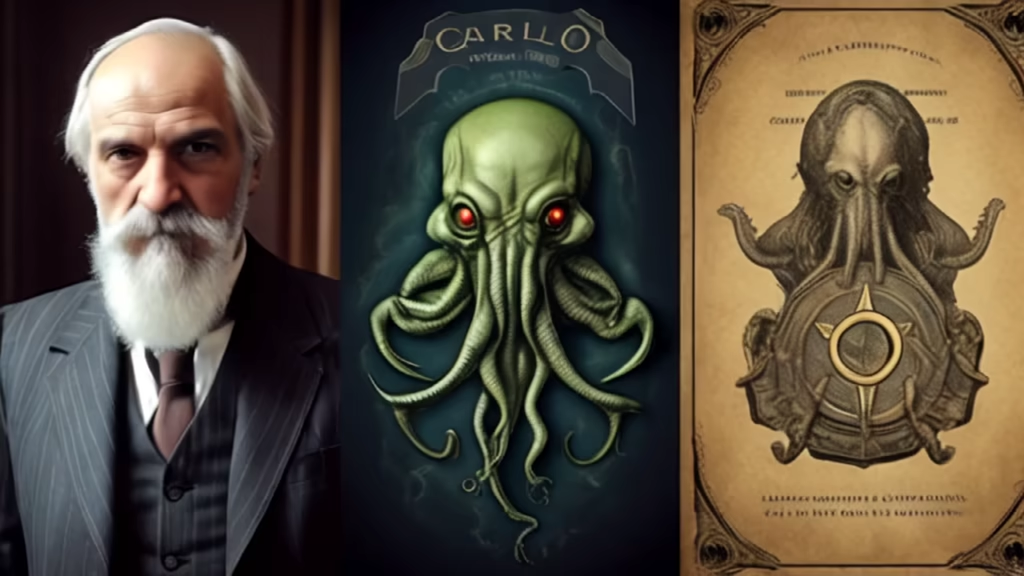
Prompt: Carlo Forti is undoubtedly one of the most influential men in the province of Pisa. At just 45 years old, he is deputy mayor of the city, a high member of the Masonic Lodge Carlo Darwin, and the High Priest of an ancient cult known as the Faceless One which venerates a creature linked to the myth of Cthulhu. Very elegant dress but with references to both Freemasonry and Cthulhu.


Prompt: an female humanoid which look likes something between the deep ones of Lovecraft and mermaid, using aquatic magic, is a French and Italian nobleman, He wears elegant clothes from the late 19th century, with kippāh or the Talled


Prompt: Leonard Warren-Hopkins is a mid-19th century English he wears elegant and refined clothes, with symbols that recall being a doctor and a scientist, on his finger he wears a ring with a lightning bolt, symbol of his Masonic lodge Leonard's meticulous observation of the human body showcases his scientific passion. His intellectual curiosity and pursuit of knowledge lead him to explore the boundaries of medicine, often challenging social and moral norms. References to historical figures such as Galvani, Vesalius, Descartes and Renaissance scholars add depth to Leonardo's character. His alignment with medical pioneers reflects his ambition and admiration for those who pushed the boundaries of knowledge. Leonard's internal struggles, especially regarding his standing in the medical community and his perceived lack of recognition, add a layer of complexity. His acceptance of Lord Scarborough's offer and subsequent events contribute to the evolution of his identity. Leonard's involvement in the Masonic lodge of the Order of the Lightning is an intriguing element. The Lazarus Project and Leonard's experiments with electricity on the human body introduce a fascinating plot point. The collaboration with Tesla and the quest to resurrect the dead creates a sense of suspense and anticipation. Leonard's feelings of envy and frustration within the medical community, his interactions with famous people, and the competition for recognition provide opportunities for conflict and character development. The transformation of Villa Avogadro, inherited by Lord Scarborough into a nursing home and experimental space introduces a change of setting. Interactions with staff, the involvement of Florence Nightingale and the integration of new practices create a dynamic environment. Leonard's collaboration with Lady Violet Scarborough and experimentation with laudanum open doors to the exploration of darker themes. The reference to Lady Johanna McEwan as a \"Lamia\" with healing abilities introduces a supernatural element. Exploring how those elements intersect with Leonard's scientific research can add a layer of mystery. Leonard's hope to inspire Arthur Conan Doyle and his regret at not convincing him to work together can be an intriguing subplot. This can be woven into the narrative, exploring how Leonard becomes an unintentional muse for literary works. Leonard's personal relationships, especially with those he experiments on, call morality into question. You can explore his internal ethical struggles, the impact on his psyche, and the reactions of those around him.
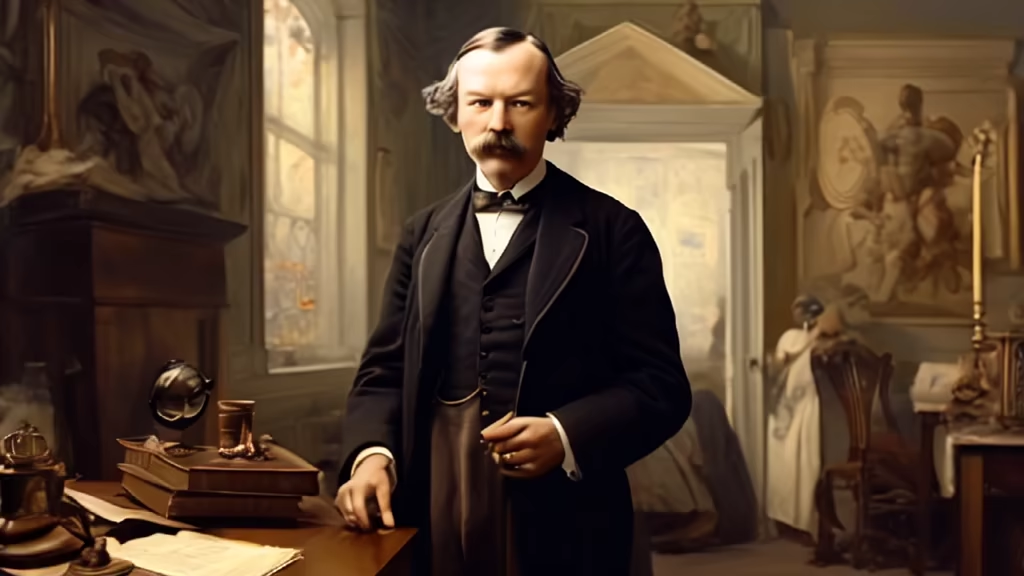
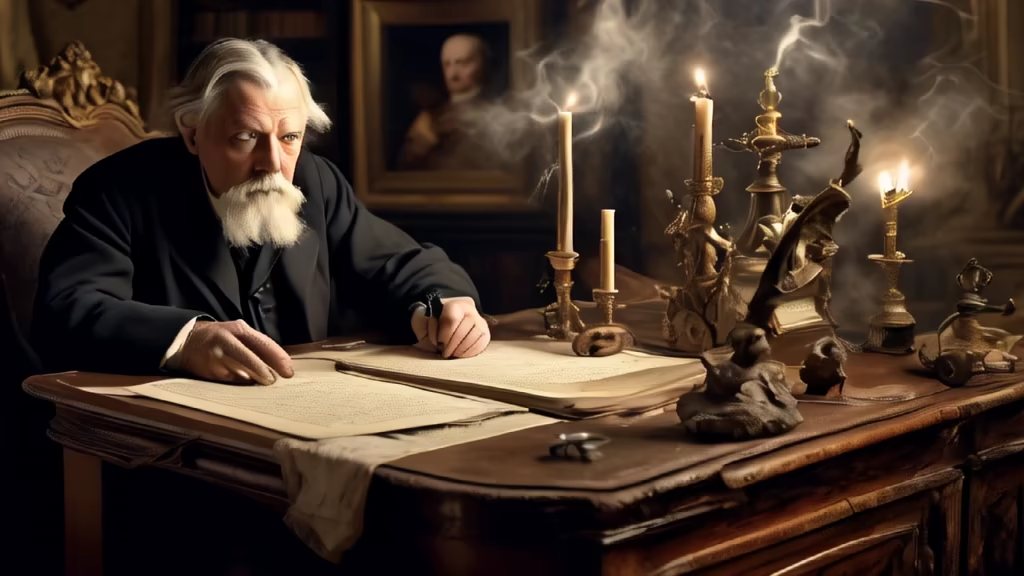
Prompt: Leonard Warren-Hopkins is a mid-19th century English he wears elegant and refined clothes, with symbols that recall being a doctor and a scientist, on his finger he wears a ring with a lightning bolt, symbol of his Masonic lodge Leonard's meticulous observation of the human body showcases his scientific passion. His intellectual curiosity and pursuit of knowledge lead him to explore the boundaries of medicine, often challenging social and moral norms. References to historical figures such as Galvani, Vesalius, Descartes and Renaissance scholars add depth to Leonardo's character. His alignment with medical pioneers reflects his ambition and admiration for those who pushed the boundaries of knowledge. Leonard's internal struggles, especially regarding his standing in the medical community and his perceived lack of recognition, add a layer of complexity. His acceptance of Lord Scarborough's offer and subsequent events contribute to the evolution of his identity. Leonard's involvement in the Masonic lodge of the Order of the Lightning is an intriguing element. The Lazarus Project and Leonard's experiments with electricity on the human body introduce a fascinating plot point. The collaboration with Tesla and the quest to resurrect the dead creates a sense of suspense and anticipation. Leonard's feelings of envy and frustration within the medical community, his interactions with famous people, and the competition for recognition provide opportunities for conflict and character development. The transformation of Villa Avogadro, inherited by Lord Scarborough into a nursing home and experimental space introduces a change of setting. Interactions with staff, the involvement of Florence Nightingale and the integration of new practices create a dynamic environment. Leonard's collaboration with Lady Violet Scarborough and experimentation with laudanum open doors to the exploration of darker themes. The reference to Lady Johanna McEwan as a \"Lamia\" with healing abilities introduces a supernatural element. Exploring how those elements intersect with Leonard's scientific research can add a layer of mystery. Leonard's hope to inspire Arthur Conan Doyle and his regret at not convincing him to work together can be an intriguing subplot. This can be woven into the narrative, exploring how Leonard becomes an unintentional muse for literary works. Leonard's personal relationships, especially with those he experiments on, call morality into question. You can explore his internal ethical struggles, the impact on his psyche, and the reactions of those around him.




Prompt: **Leonard Warren-Hopkins is a mid-19th century English he wears elegant and refined clothes, with symbols that recall being a doctor and a scientist, on his finger he wears a ring with a lightning bolt, symbol of his Masonic lodge Leonard's meticulous observation of the human body showcases his scientific passion. His intellectual curiosity and pursuit of knowledge lead him to explore the boundaries of medicine, often challenging social and moral norms. References to historical figures such as Galvani, Vesalius, Descartes and Renaissance scholars add depth to Leonardo's character. His alignment with medical pioneers reflects his ambition and admiration for those who pushed the boundaries of knowledge. Leonard's internal struggles, especially regarding his standing in the medical community and his perceived lack of recognition, add a layer of complexity. His acceptance of Lord Scarborough's offer and subsequent events contribute to the evolution of his identity. Leonard's involvement in the Masonic lodge of the Order of the Lightning is an intriguing element. The Lazarus Project and Leonard's experiments with electricity on the human body introduce a fascinating plot point. The collaboration with Tesla and the quest to resurrect the dead creates a sense of suspense and anticipation. Leonard's feelings of envy and frustration within the medical community, his interactions with famous people, and the competition for recognition provide opportunities for conflict and character development. The transformation of Villa Avogadro, inherited by Lord Scarborough into a nursing home and experimental space introduces a change of setting. Interactions with staff, the involvement of Florence Nightingale and the integration of new practices create a dynamic environment. Leonard's collaboration with Lady Violet Scarborough and experimentation with laudanum open doors to the exploration of darker themes. The reference to Lady Johanna McEwan as a \"Lamia\" with healing abilities introduces a supernatural element. Exploring how those elements intersect with Leonard's scientific research can add a layer of mystery. Leonard's hope to inspire Arthur Conan Doyle and his regret at not convincing him to work together can be an intriguing subplot. This can be woven into the narrative, exploring how Leonard becomes an unintentional muse for literary works. Leonard's personal relationships, especially with those he experiments on, call morality into question. You can explore his internal ethical struggles, the impact on his psyche, and the reactions of those around him.


Prompt: Count François D'Armagnac, \"The noble adventurer\", . François D'Armagnac's early hardships, adoption, and desire for acceptance provide a rich backdrop to his character. As governor of Saint Domingue, François faces challenges and surprises in the Caribbean that differ from his expectations. François's sharp mind and curiosity, honed through studies in politics, humanities and Caribbean culture, set him apart. The discovery of a million pesos in Spanish doubloons and François's decision to hide them and convert them into ingots create a suspenseful subplot. His involvement in the expedition to find the Spanish treasure adds tension, especially due to the need to hide his actions. Exploring his emotional journey and how it influences his decisions adds a human element to the character. François's decision to join the expedition led by R.L. Wakefield and offering his ship, The Grace, demonstrates a blend of strategic thinking and a desire to control his involvement. The conflict with the governor of Bermuda, R.L. Wakefield, and efforts to hide involvement in the Spanish treasure expedition add layers of intrigue. Political Intrigues and Economic Ventures: The creation of \"Liberty Town\" and the focus on free trade provide opportunities for political intrigue and economic ventures. The Count's proposal to the Sorbonne for a branch in Santo Domingo adds an intellectual and cultural dimension to the story. The Count's interest in local culture, traditions and alternative medicines, particularly against the backdrop of Bari's San Nicola Hospital, can be further explored. \"Liberty Town\" is a new idea of revolutionary community for the era where Europeans and Natives live together in peace and freedom without slavery. The mention of the Dutch banker H. Eering and his role in creating an office for the bank adds a diplomatic dimension. the Count's bathing in the Spanish doubloons reflects an emotional connection to his wealth. The Count's reflections on his past and expressions of gratitude towards his uncle add a personal touch to the narrative. Consider incorporating more moments of introspection and personal growth as the Count grapples with his journey and responsibilities. It uses the rich historical and cultural context of the Caribbean in the 18th century. It incorporates details about local customs, traditions, and social fabric to immerse readers in the time and place. The mysterious J. D. Conrad and the hidden key to interpreting the map presents an intriguing subplot.




Prompt: Carlo Forti is undoubtedly one of the most influential men in the province of Pisa. At just 45 years old he is deputy mayor of the city and a high member of the Carlo Darwin Masonic Lodge, but above all he is the High Priest of an ancient cult known as the Faceless. His knowledge in esoteric matters, in forbidden myths and high political and working capacity went hand in hand giving such security to his fame and personality that his gradual taking of position as High Priest of Yegg-ha was inevitable

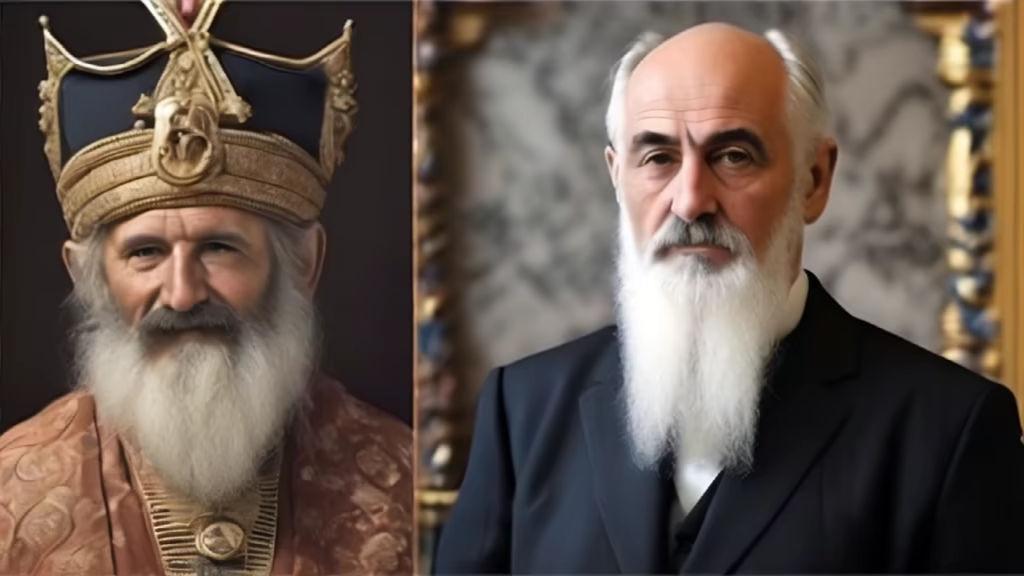
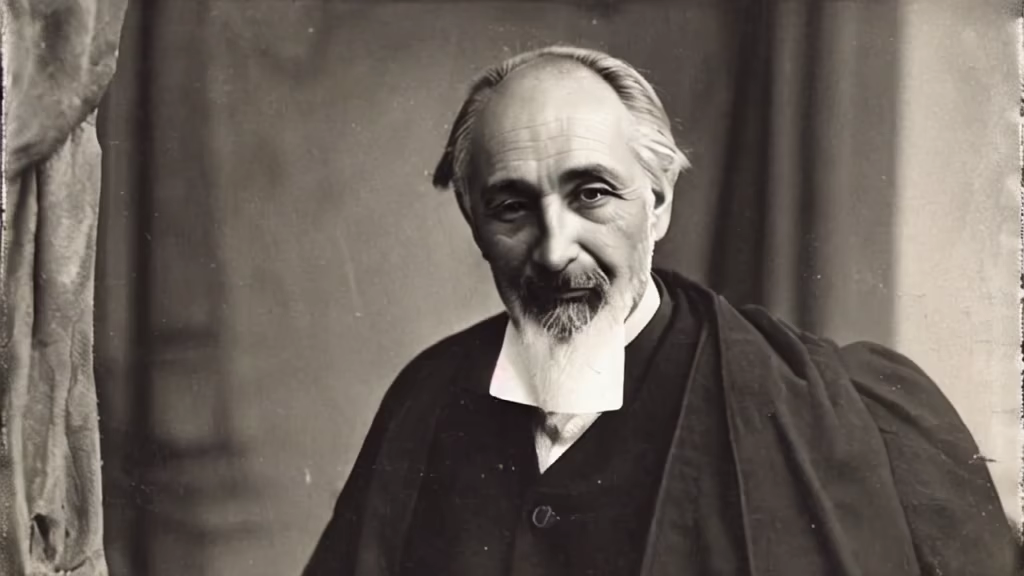
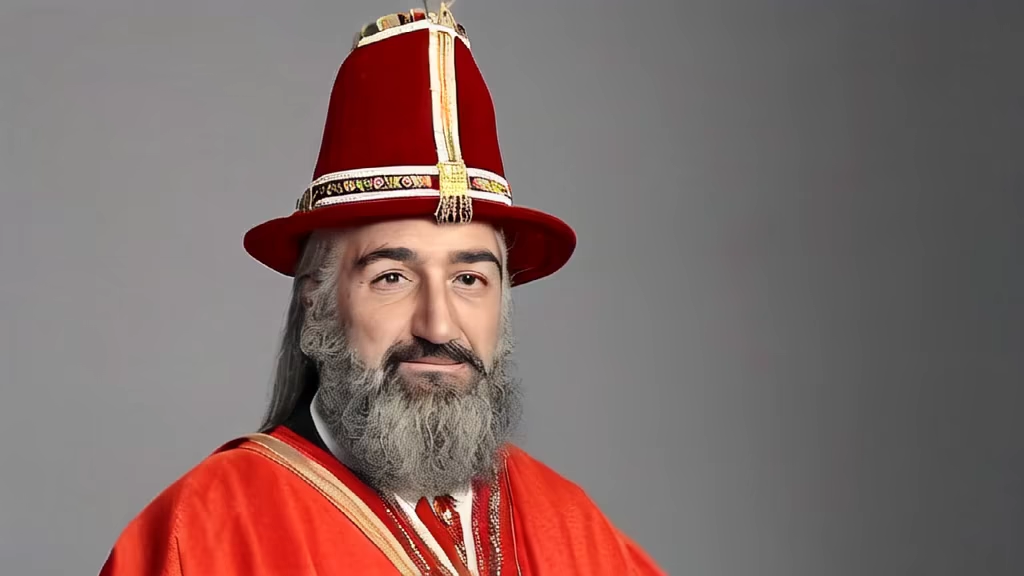
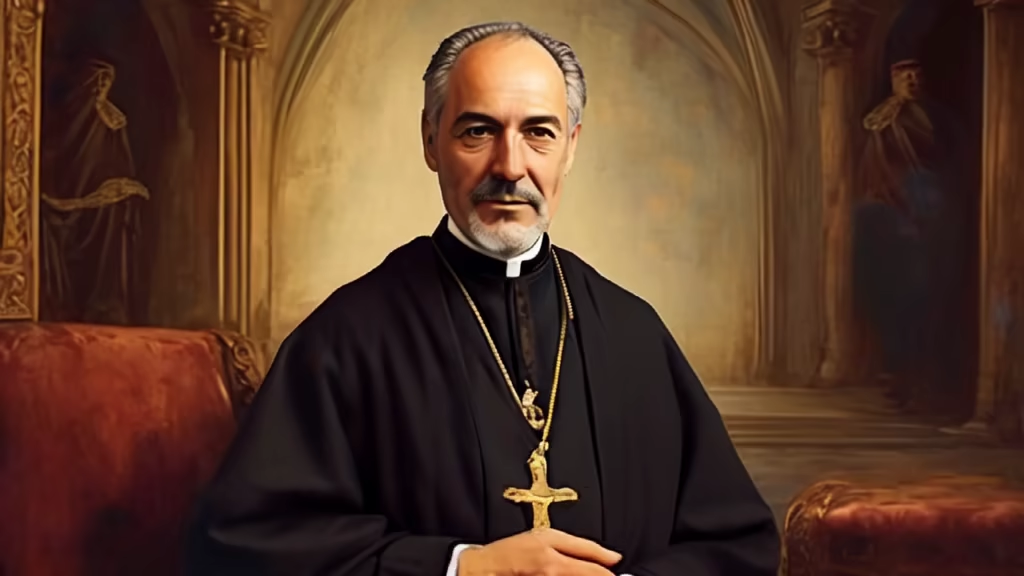

Prompt: Carlo Forti is undoubtedly one of the most influential men in the province of Pisa. At just 45 years old he is deputy mayor of the city and a high member of the Carlo Darwin Masonic Lodge, but above all he is the High Priest of an ancient cult known as the Faceless. His knowledge in esoteric matters, in forbidden myths and high political and working capacity went hand in hand giving such security to his fame and personality that his gradual taking of position as High Priest of Yegg-ha was inevitable




Prompt: Imagine Simone Carozzo as a passionate man, with eyes that tell the story of a life full of experiences. His smile is a testament to his inner strength and determination to overcome initial challenges. In the image, she may be wearing a combination of clothes that reflect her versatility, moving from academic to more casual attire, thus symbolizing the different aspects of her life. Around his neck, he could wear a tie with musical motifs, highlighting his passion for music. Simone could be depicted with musical instruments such as the cello or the piano, symbols of his musical experiences during his years of study. A camera may hang from his shoulder strap, representing his career as a professional photographer. The background of the image could show scenes of scientific laboratories, theaters, and perhaps cities such as La Spezia and Crotone, underlining the different stages of his life and career. Books, photographs and scientific instruments may surround him, symbols of his academic and professional accomplishments. The presence of volleyballs and scoreboards could represent his involvement in volleyball in Crotone. On the desk there could be dishes cooked by Simone himself, symbolizing his cooking diploma and his passion for gastronomy. Finally, portraits drawn by various comic artists and books with autographed dedications could decorate the wall, highlighting his passion for role-playing games, comics and literature. The image should convey a sense of accomplishment and vitality, capturing the diversity and intensity of Simone Carozzo's life. Simone Carozzo is an extraordinary figure with a wide range of experiences and skills. I imagine a portrait of him that captures his determination and passion for life. In the image, he could be depicted with a smile that reflects his resilience and positivity despite initial challenges. He would wear clothes that represent his versatility, perhaps with details that reference his interest in music, such as a cello-shaped pin or a tie with musical motifs. The background could be enriched with elements that symbolize the different stages of his life: books to represent the years of study, a stethoscope or scientific symbols for his path in neurophysiopathology, and perhaps a camera to reflect his passion for photography. Simone could be portrayed holding a musical instrument or a camera, thus highlighting his different passions. Behind him, there may be images of scientific laboratories and theater scenes to represent his professional and artistic activities. The landscape could include elements linked to the cities in which he lived and worked, perhaps the skyline of the cities of La Spezia and Crotone. Additionally, he may be surrounded by symbols related to his community involvement, such as volleyballs and books. Ultimately, the image could capture his multifaceted personality and community spirit, conveying a sense of accomplishment and satisfaction for all he has achieved over the years.



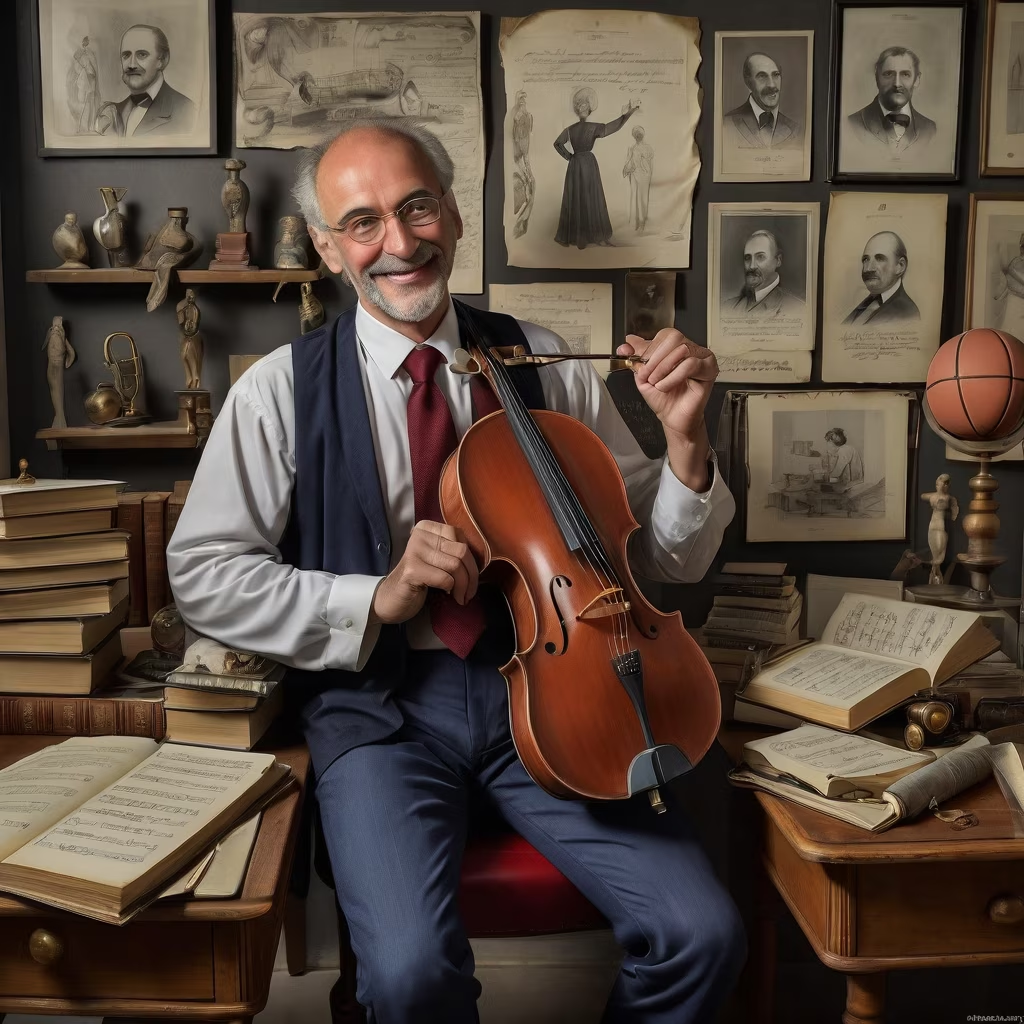




Prompt: Ricardo Percy, a confidant and friend to Anne Boleyn, graces the Tudor court with an air of charisma. Clad in the fashion of the era, Ricardo carries himself with a blend of courtly charm and intellectual acumen.His expressive eyes and engaging smile make him a beloved figure among the courtiers. The regal chamber, adorned with symbols of Tudor power, serves as the backdrop to his interactions, where he weaves tales of intrigue and laughter. This portrayal captures Ricardo Percy's vibrant personality, a presence both esteemed and cherished in the intricate tapestry of Tudor court life.
Style: Cinematic


Prompt: a man ,Step into the surreal world of a man who defies the boundaries of reality, an enigmatic figure where imagination transcends the ordinary, and the extraordinary becomes the norm. Meet the surreal gentleman whose existence blurs the lines between dreams and waking life, a visionary of a new era, where possibilities are infinite and the mind is a boundless universe
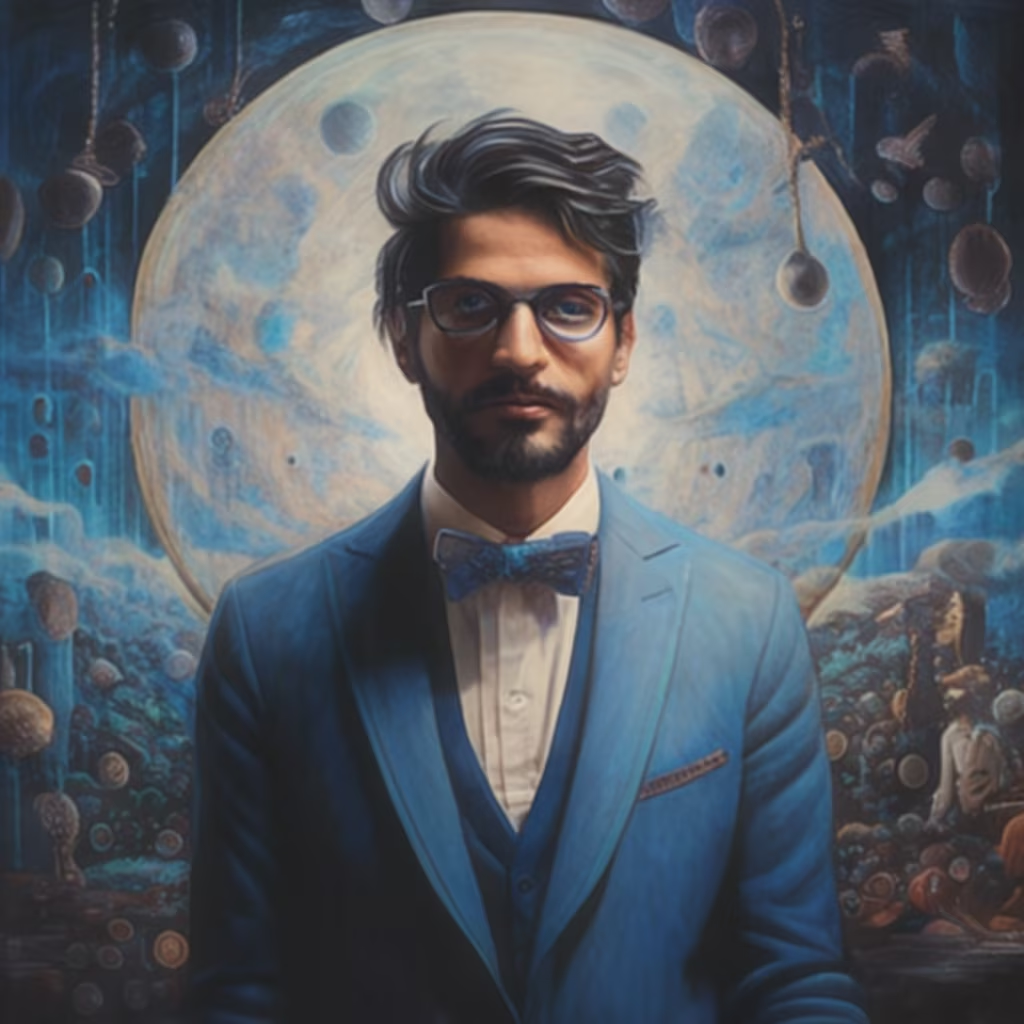

Prompt: Generate an image illustrating the turning point where the merchant, blinded by greed, begins to plot against the mouse. Showcase the merchant in a scene of opulence, surrounded by symbols of wealth and luxury. Emphasize the growing avarice in the merchant's expression and body language, signaling the shift from friendship to betrayal.




Prompt: Giacomo Amici, the Black Captain: Giacomo appears to be a leadership figure in the company, with romantic ideas about war and an attachment to tradition. His evolution over time, from the figure of the Captain to his death, adds a dramatic element to the story.
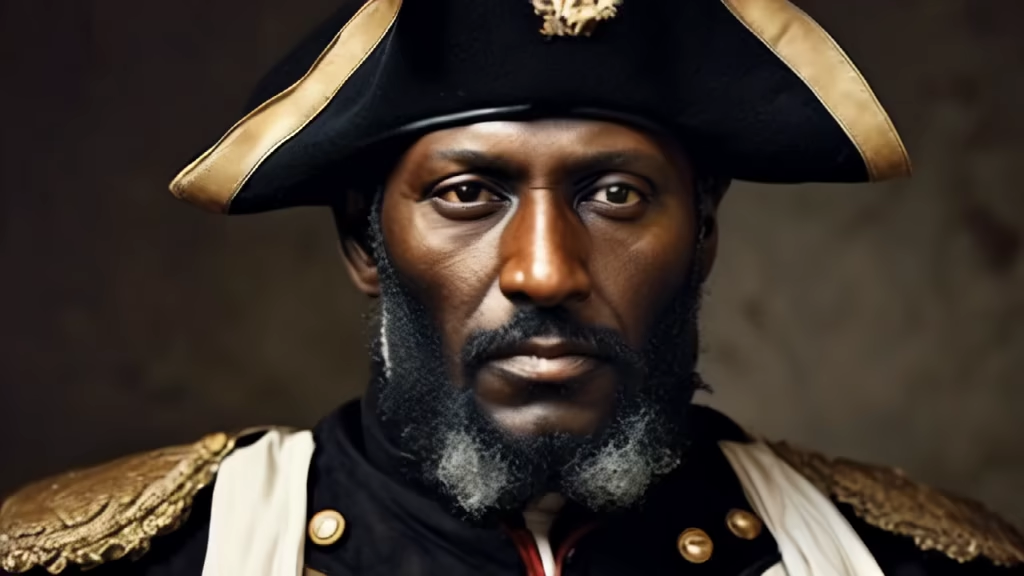

Prompt: an humanoid ugly male insect with bow, is a French and Italian nobleman, He wears elegant clothes from the late 19th century, with kippāh or the Talled


Prompt: prompt:Carlo Forti is undoubtedly one of the most influential men in the province of Pisa. At just 45 years old, he is deputy mayor of the city, a high member of the Masonic Lodge Carlo Darwin, and the High Priest of an ancient cult known as the Faceless One which venerates a creature linked to the myth of Cthulhu. Very elegant dress but with references to both Freemasonry and Cthulhu. style:Cinematic
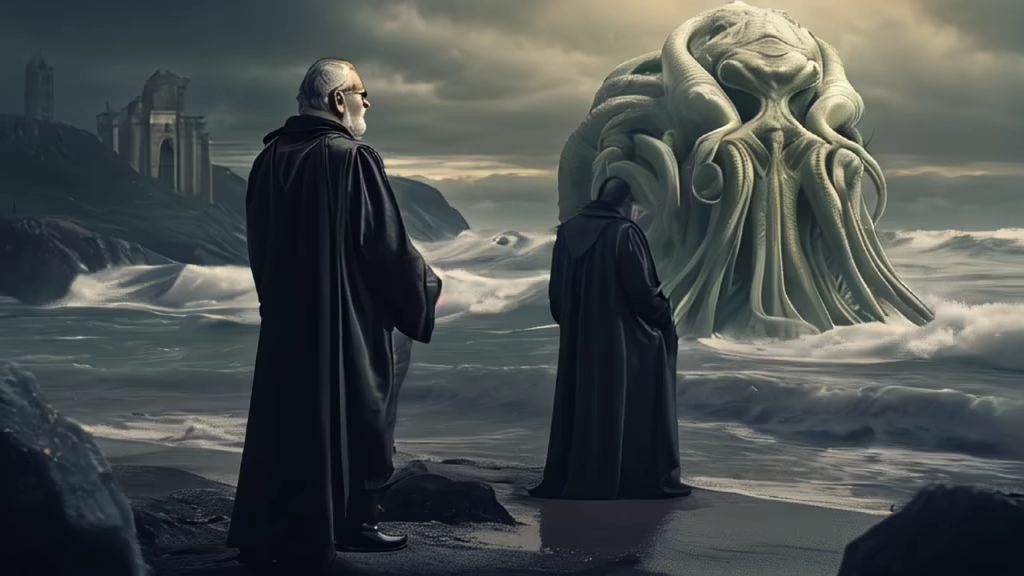
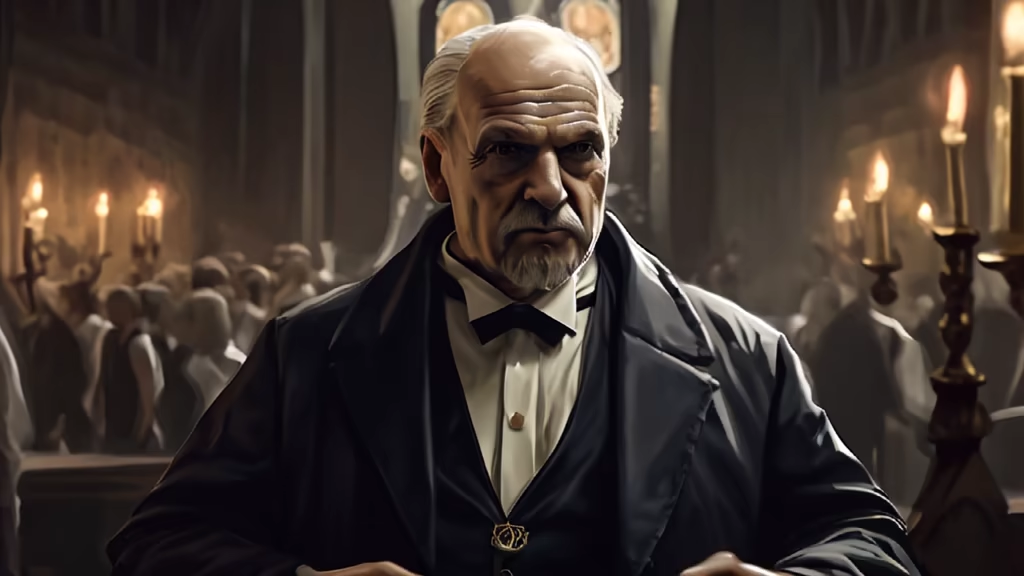
Prompt: A set of medieval-style clothing is like the incarnation of Gothic art, exuding dark, grotesque and mysterious charm. The clothing intertwined with lace and leather contrasts well with the heavy eye shadow and powder, showing an established aesthetic rule, but the details are constantly changing, creating an incongruous beauty


Prompt: The scene opens in the port city of Marseille, France. Edmond Dantès, a young and naive sailor, disembarks from a ship with a radiant smile, welcomed by his fiancée Mercedes and his elderly father. However, this moment of happiness is quickly shattered by political intrigue. Dantès is mistakenly identified as a supporter of Napoleon, leading him into a complex political conspiracy and eventually imprisonment. The setting shifts to the prison, where Dantès faces the harsh reality of coexisting with criminals and villains. Yet, amidst the dimly lit cells and the symphony of inmates' whispers, Dantès forges profound friendships with fellow prisoners.
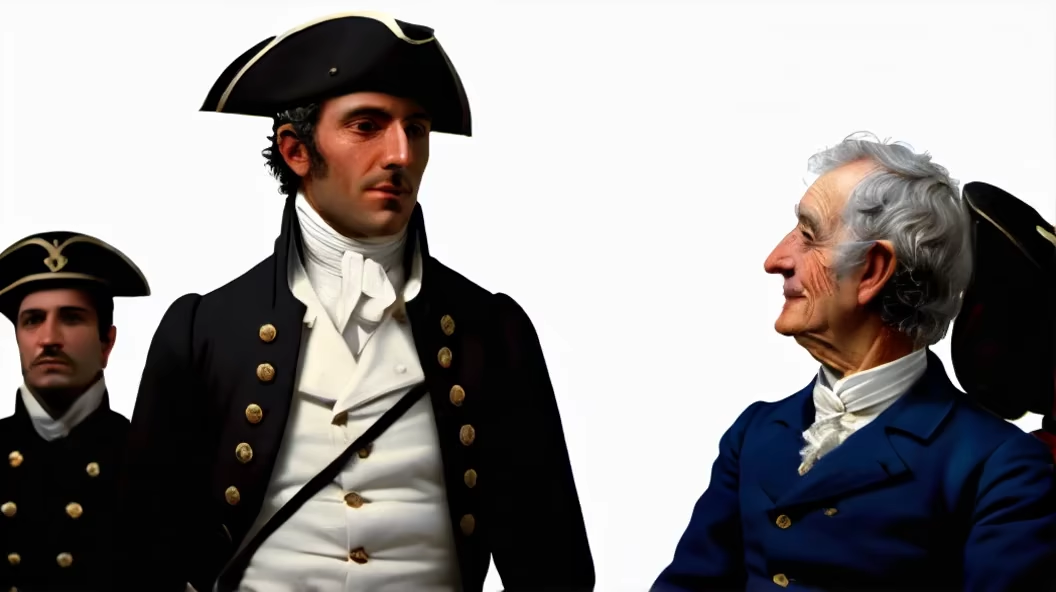
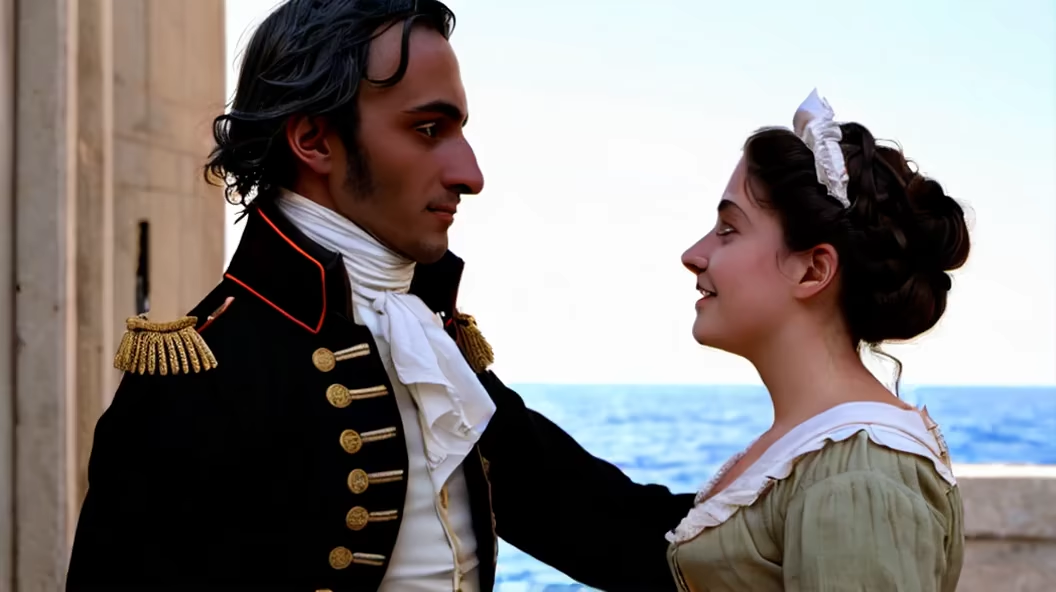
Prompt: The man was exceptionally handsome and elegant. His face was radiant and clear, with eyes that held a special charm, dark in color and intense in their gaze. His beard was thick and full, adding an aura of beauty and wisdom to his appearance. His voice was captivating and articulate, expressing eloquence and wisdom.His external demeanor reflected strength of character and generosity. He possessed height and robustness, with a straight and noble posture. His silence carried dignity, and his words were pearls of wisdom flowing clearly and smoothly. He was neither stern nor dismissive but rather beloved and respected by all. He had companions who admired and served him attentively and faithfully.This man was unique in his beauty and character, combining strength and charisma, wisdom, and kindness. He was a personality unmatched in greatness and magnificence.


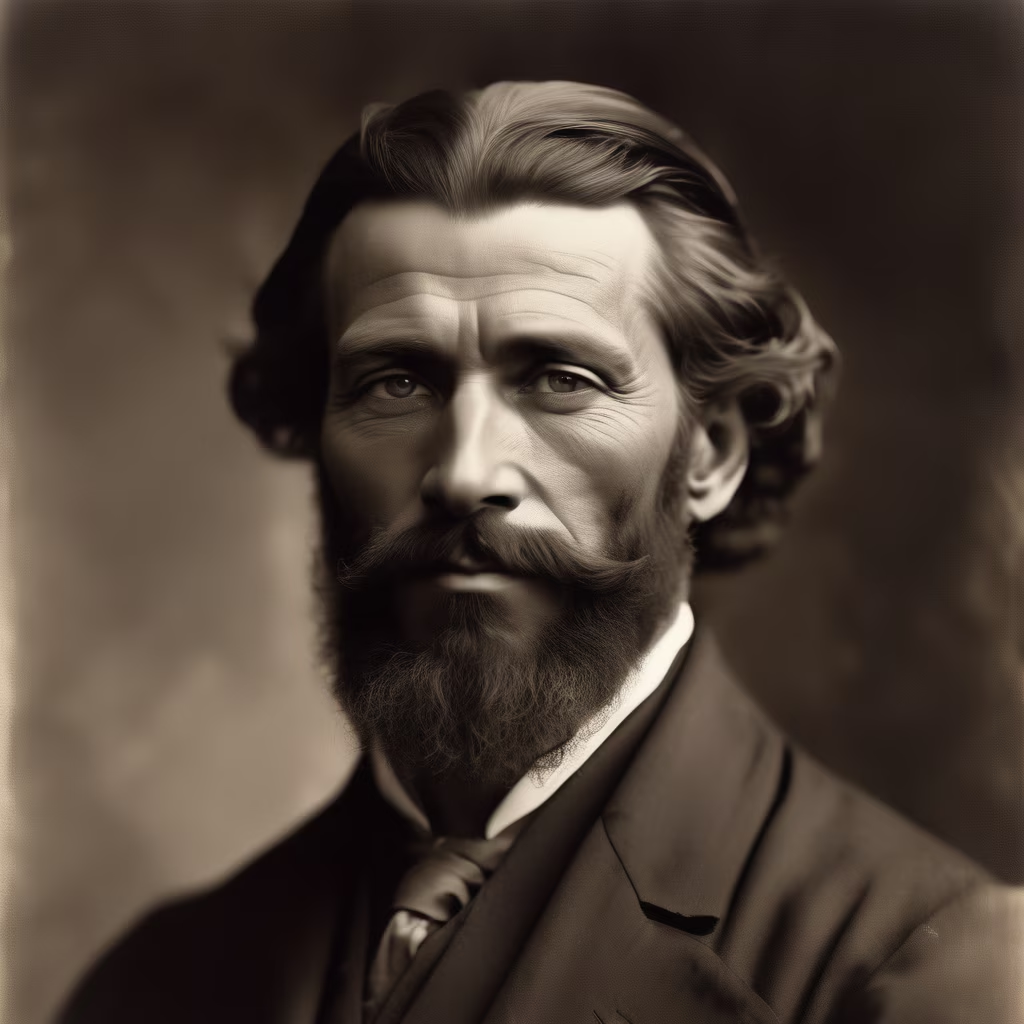

Prompt: The man is arabe from koraich , was exceptionally handsome and elegant. His face was radiant and clear, with eyes that held a special charm, dark in color and intense in their gaze. His beard was thick and full, adding an aura of beauty and wisdom to his appearance. His voice was captivating and articulate, expressing eloquence and wisdom.His external demeanor reflected strength of character and generosity. He possessed height and robustness, with a straight and noble posture. His silence carried dignity, and his words were pearls of wisdom flowing clearly and smoothly. He was neither stern nor dismissive but rather beloved and respected by all. He had companions who admired and served him attentively and faithfully.This man was unique in his beauty and character, combining strength and charisma, wisdom, and kindness. He was a personality unmatched in greatness and magnificence.

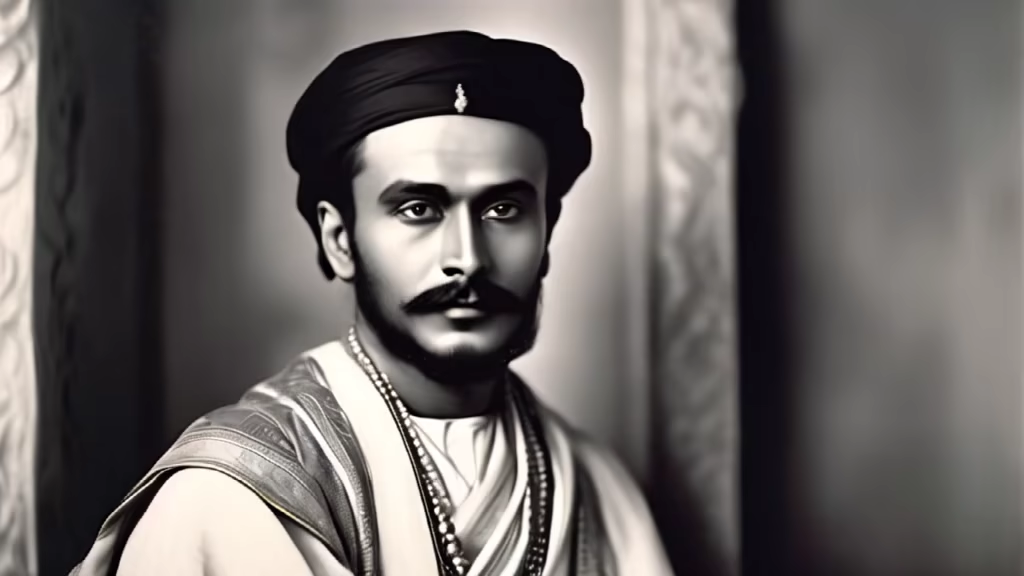
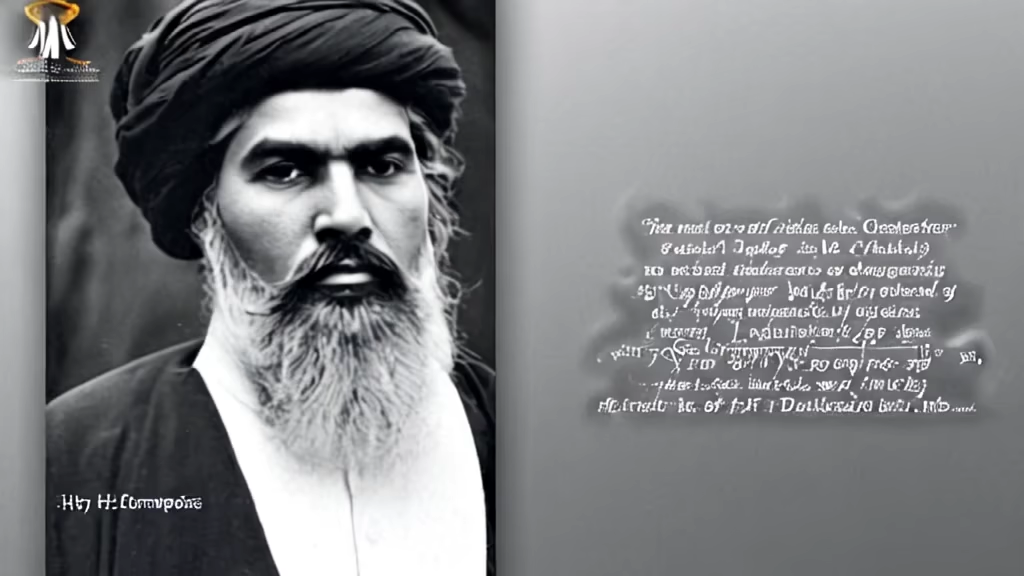
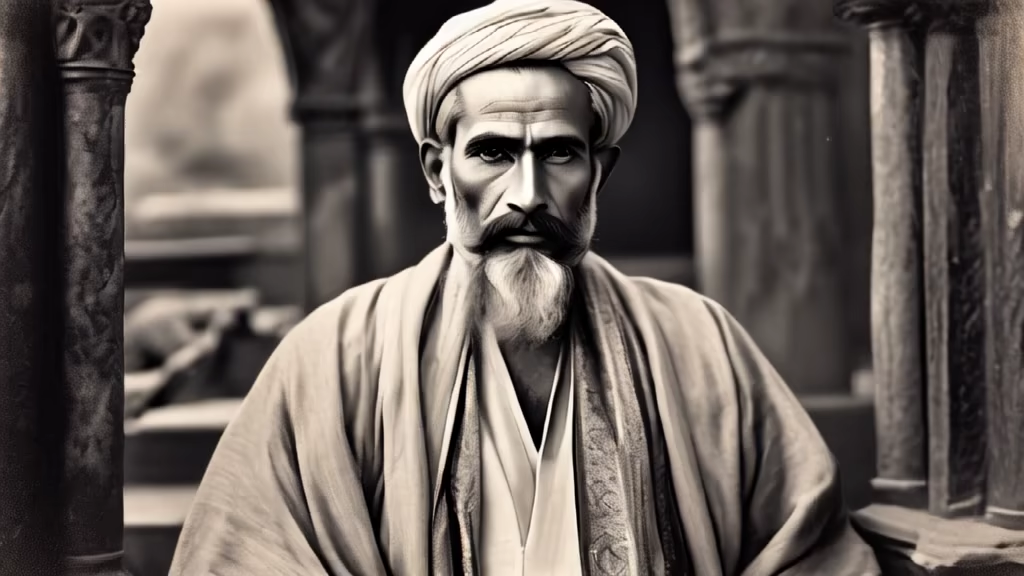
Prompt: an humanoid snake female with daggers, is a French and Italian nobleman, He wears elegant clothes from the late 19th century, with kippāh or the Talled


Prompt: an human male warrior with sword, is a French and Italian nobleman, He wears elegant clothes from the late 19th century, with kippāh or the Talled


Prompt: Rochford, Anne Boleyn's brother, graces the Tudor court with an air of sophistication and charm. Adorned in the noble attire of the era, Rochford carries himself with a mixture of regal poise and familial warmth.His gaze, sharp and discerning, navigates the courtly intrigues that surround the Boleyn family. The regal chamber, adorned with symbols of Tudor power, becomes a backdrop to Rochford's interactions, where political astuteness and familial ties intertwine. This portrayal captures Rochford as a figure of significance within the complex dynamics of the Tudor court.
Style: Cinematic


Prompt: Rochford, Anne Boleyn's brother, graces the Tudor court with an air of sophistication and charm. Adorned in the noble attire of the era, Rochford carries himself with a mixture of regal poise and familial warmth.His gaze, sharp and discerning, navigates the courtly intrigues that surround the Boleyn family. The regal chamber, adorned with symbols of Tudor power, becomes a backdrop to Rochford's interactions, where political astuteness and familial ties intertwine. This portrayal captures Rochford as a figure of significance within the complex dynamics of the Tudor court.
Style: Cinematic


Prompt: Leonard Warren-Hopkins is a mid-19th century English physician and researcher Leonard's meticulous observation of the human body showcases his scientific passion. His intellectual curiosity and pursuit of knowledge lead him to explore the boundaries of medicine, often challenging social and moral norms. References to historical figures such as Galvani, Vesalius, Descartes and Renaissance scholars add depth to Leonardo's character. His alignment with medical pioneers reflects his ambition and admiration for those who pushed the boundaries of knowledge. Leonard's internal struggles, especially regarding his standing in the medical community and his perceived lack of recognition, add a layer of complexity. His acceptance of Lord Scarborough's offer and subsequent events contribute to the evolution of his identity. Leonard's involvement in the Masonic lodge of the Order of the Lightning is an intriguing element. The Lazarus Project and Leonard's experiments with electricity on the human body introduce a fascinating plot point. The collaboration with Tesla and the quest to resurrect the dead creates a sense of suspense and anticipation. Leonard's feelings of envy and frustration within the medical community, his interactions with famous people, and the competition for recognition provide opportunities for conflict and character development. The transformation of Villa Avogadro, inherited by Lord Scarborough into a nursing home and experimental space introduces a change of setting. Interactions with staff, the involvement of Florence Nightingale and the integration of new practices create a dynamic environment. Leonard's collaboration with Lady Violet Scarborough and experimentation with laudanum open doors to the exploration of darker themes. The reference to Lady Johanna McEwan as a \"Lamia\" with healing abilities introduces a supernatural element. Exploring how those elements intersect with Leonard's scientific research can add a layer of mystery. Leonard's hope to inspire Arthur Conan Doyle and his regret at not convincing him to work together can be an intriguing subplot. This can be woven into the narrative, exploring how Leonard becomes an unintentional muse for literary works. Personal relationships and morality: Leonard's personal relationships, especially with those he experiments on, call morality into question. You can explore his internal ethical struggles, the impact on his psyche, and the reactions of those around him.
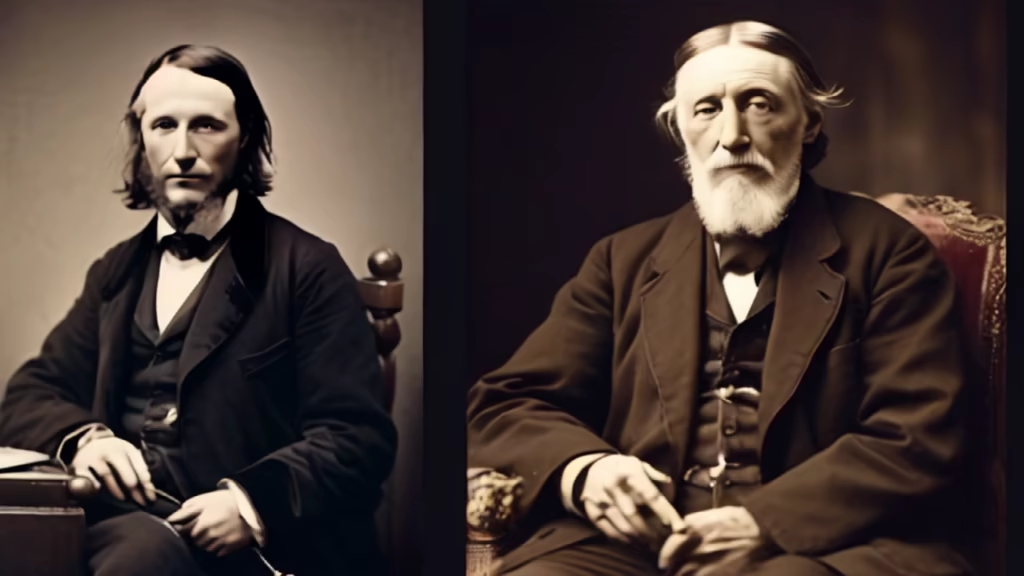
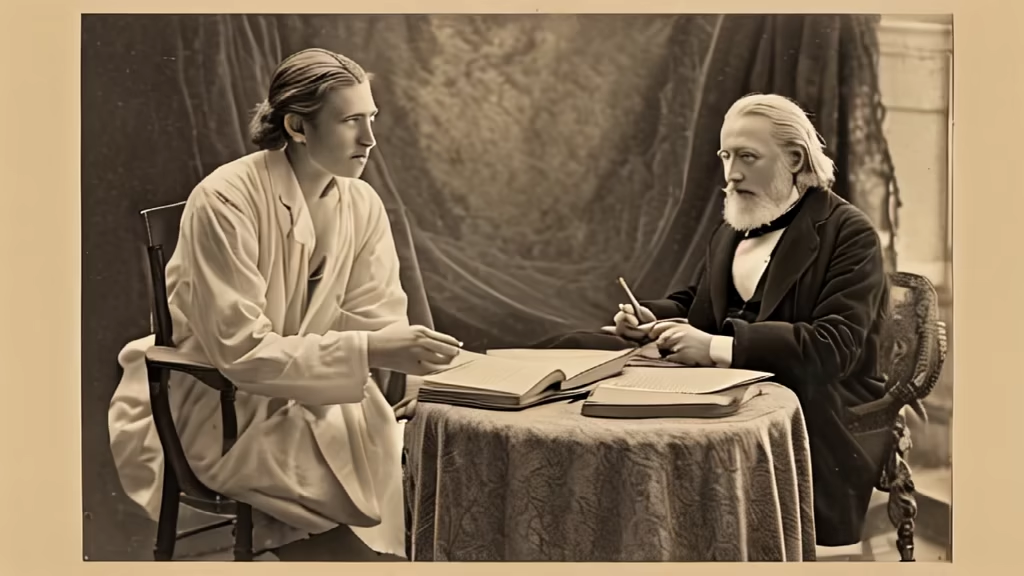
Prompt: Alexey Arestovich, dressed in a T-shirt, sits on a stool near the table. there is a checkered tablecloth on the table and a frying pan with fried French fries. a light bulb hangs over the table
Style: Comic Book


Prompt: an humanoid male cheetah with spear, is a French and Italian nobleman, He wears elegant clothes from the late 19th century, with kippāh or the Talled


Prompt: an male elf using magic, is a French and Italian nobleman, He wears elegant clothes from the late 19th century, with kippāh or the Talled


Prompt: In ancient Rome, it was considered noble for nobles to wear purple robes. As the successor to the throne, Aurelius discovered that spending energy on dressing up and enjoying luxury would only wear down his will and become a slave to desire. He learned that the Stoics advocated frugality and pride in wearing short robes. So, like the Stoic philosophers, he began to stay away from sensual temptations and put an end to luxurious life. He took off his robe and wore short robes all day long regardless of his status. He did not sleep on the noble bed, but slept on the floor. Lacking clothes and living an ascetic life day after day, he was regarded as an alien by the upper class society, but he regarded frugality as spiritual practice and enjoyed it as much as sugar. Kitano Takeshi once said: \"No matter how glamorous a person is on the outside, after peeling off a layer of skin, only a bunch of desires are left.\" Human desire is like a bottomless pit. Our hands are constantly asking for things from the outside. If we have something, we still want to have it. What we have is too little, and we cannot fill the abyss of desire. Aurelius reminds us in Meditations: “Stop being a puppet led by various selfish desires.” A person does not need much in his lifetime. I can't sleep in a bed three feet tall, and I can't eat three meals a day. Excessive material pursuits will only make us exhausted and lose the focus of life. Only by knowing how to restrain our desires, live a modest life, and keep material things to a minimum can we free up energy and live a good life of our own.


Prompt: In ancient Rome, it was considered noble for nobles to wear purple robes. As the successor to the throne, Aurelius discovered that spending energy on dressing up and enjoying luxury would only wear down his will and become a slave to desire. He learned that the Stoics advocated frugality and pride in wearing short robes. So, like the Stoic philosophers, he began to stay away from sensual temptations and put an end to luxurious life. He took off his robe and wore short robes all day long regardless of his status.



